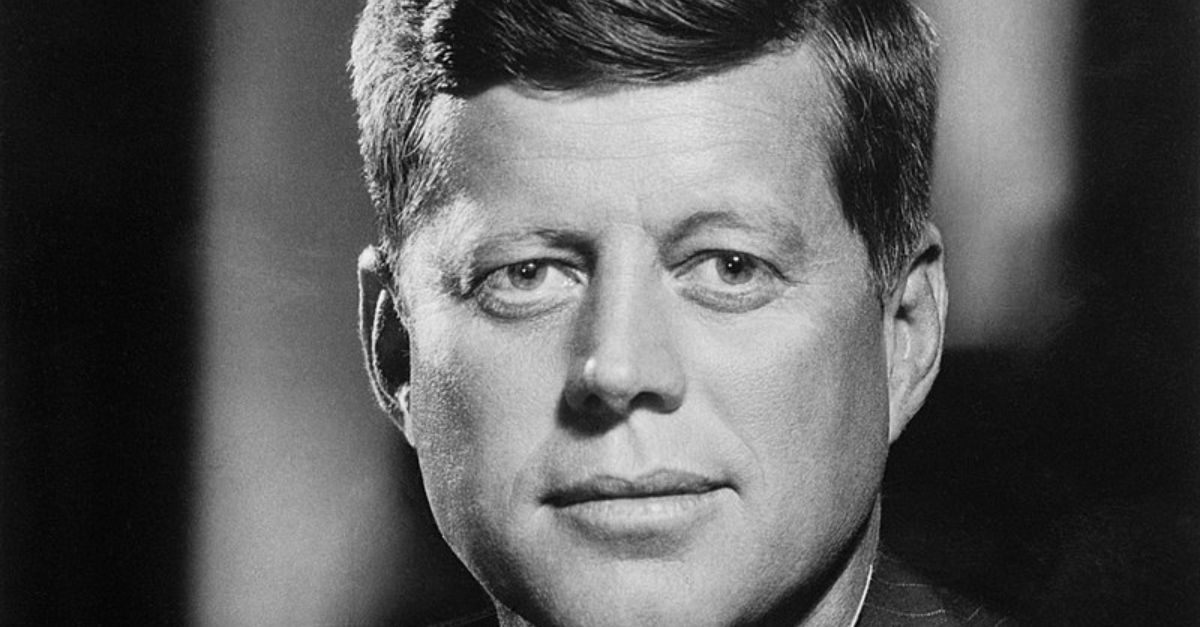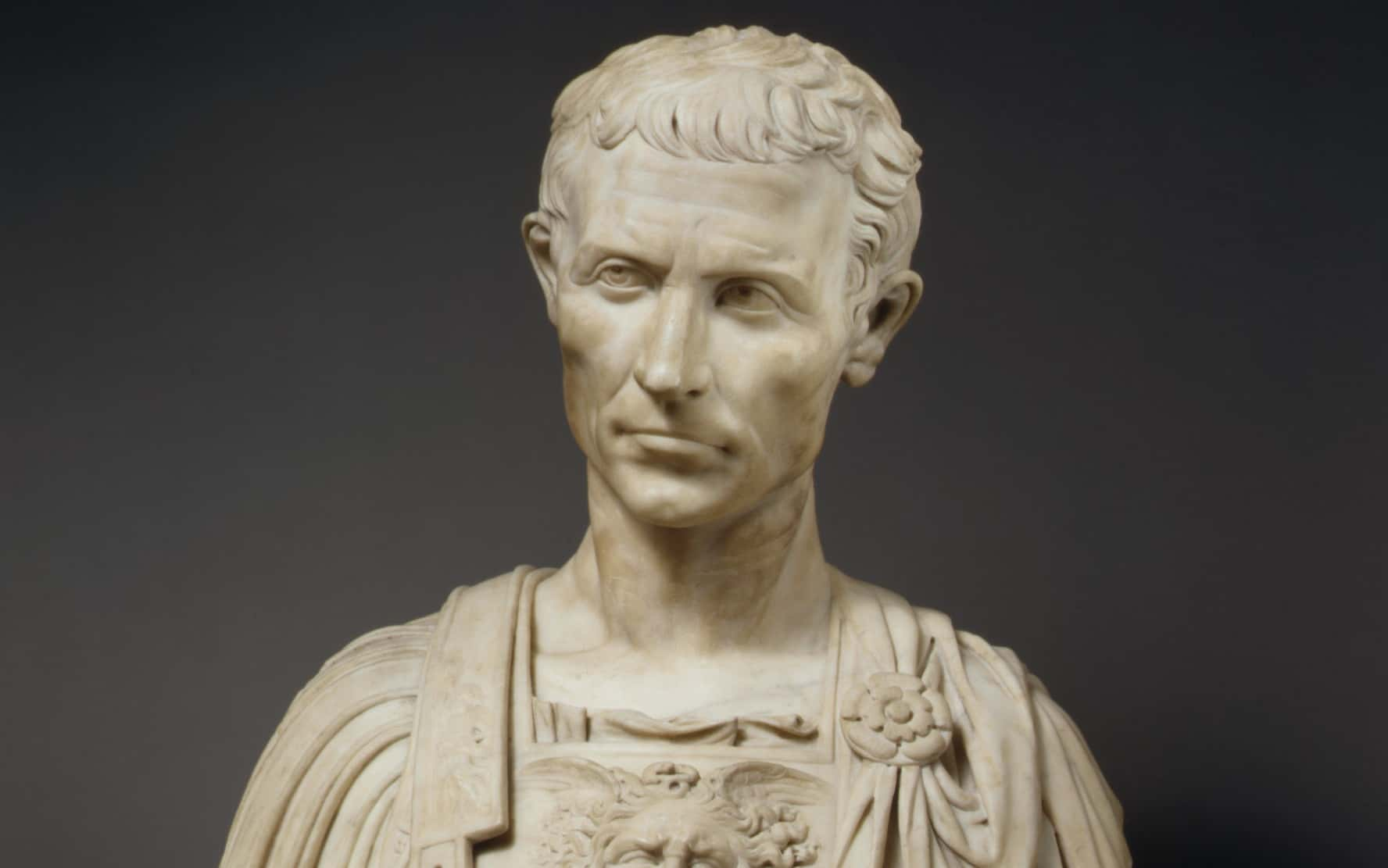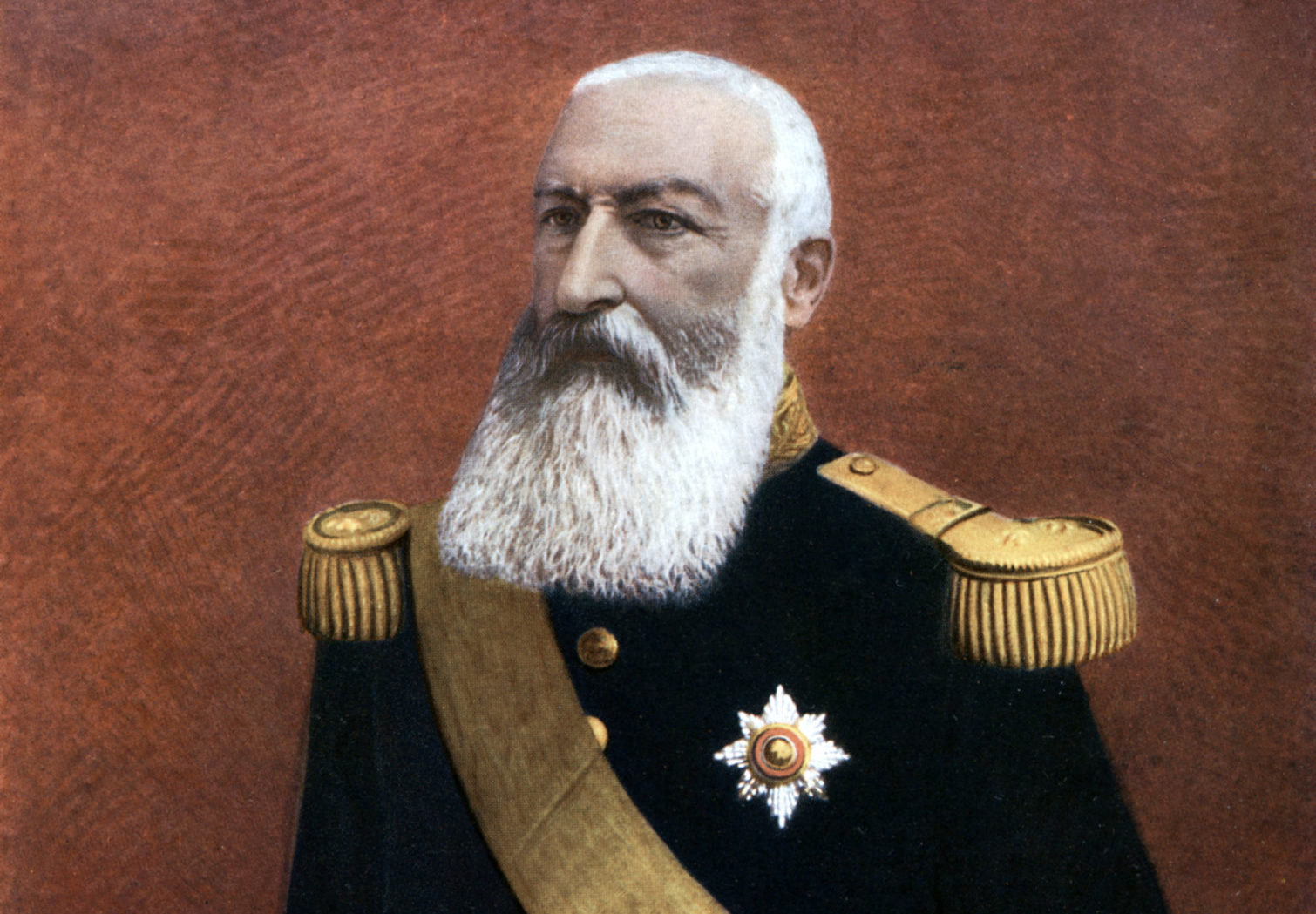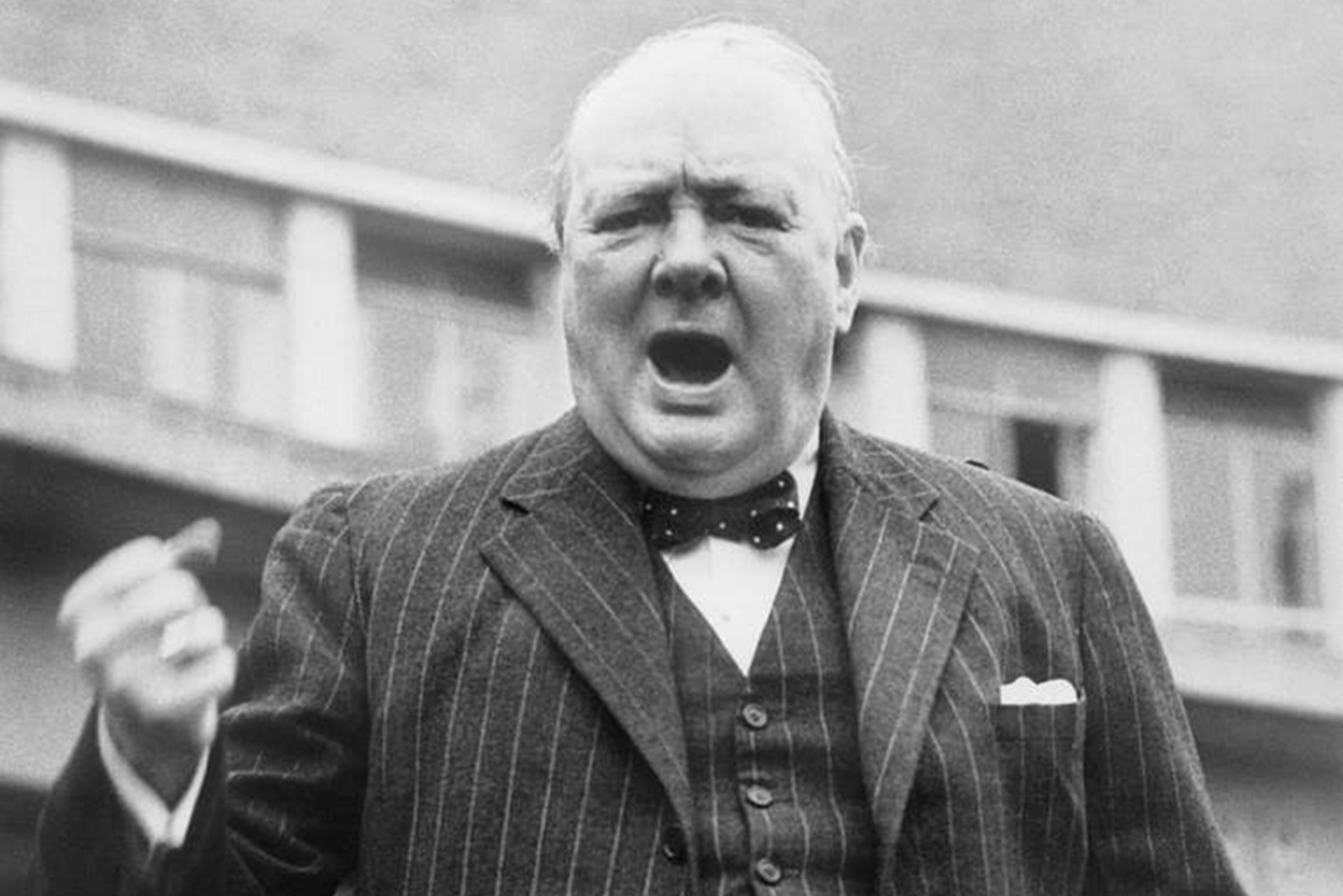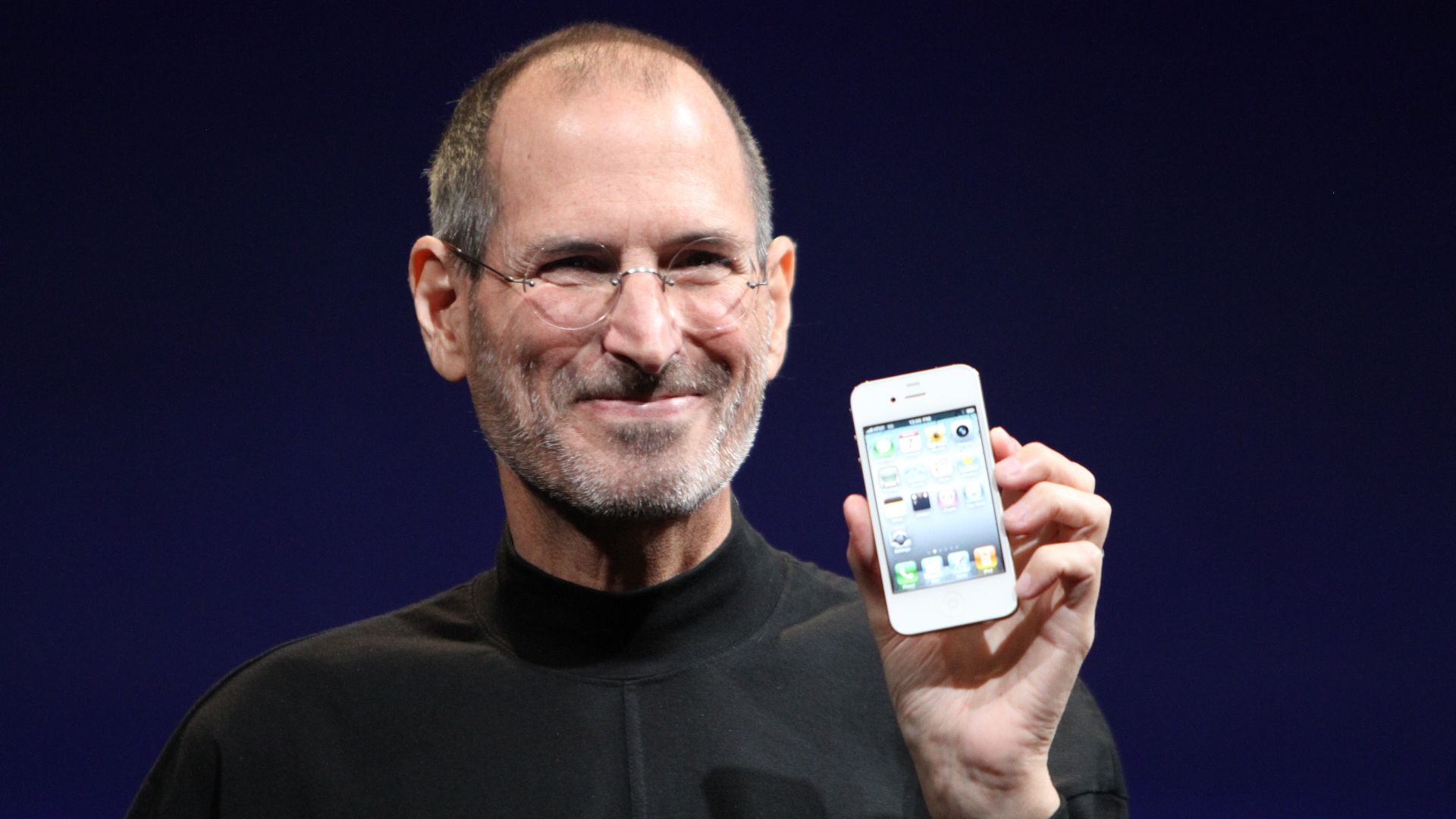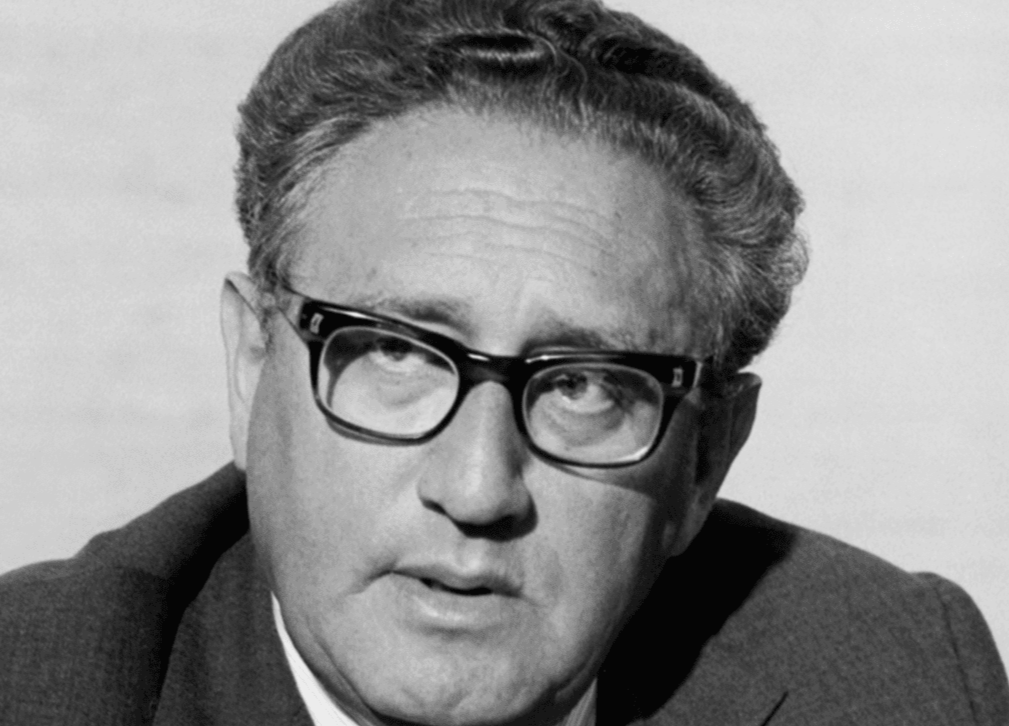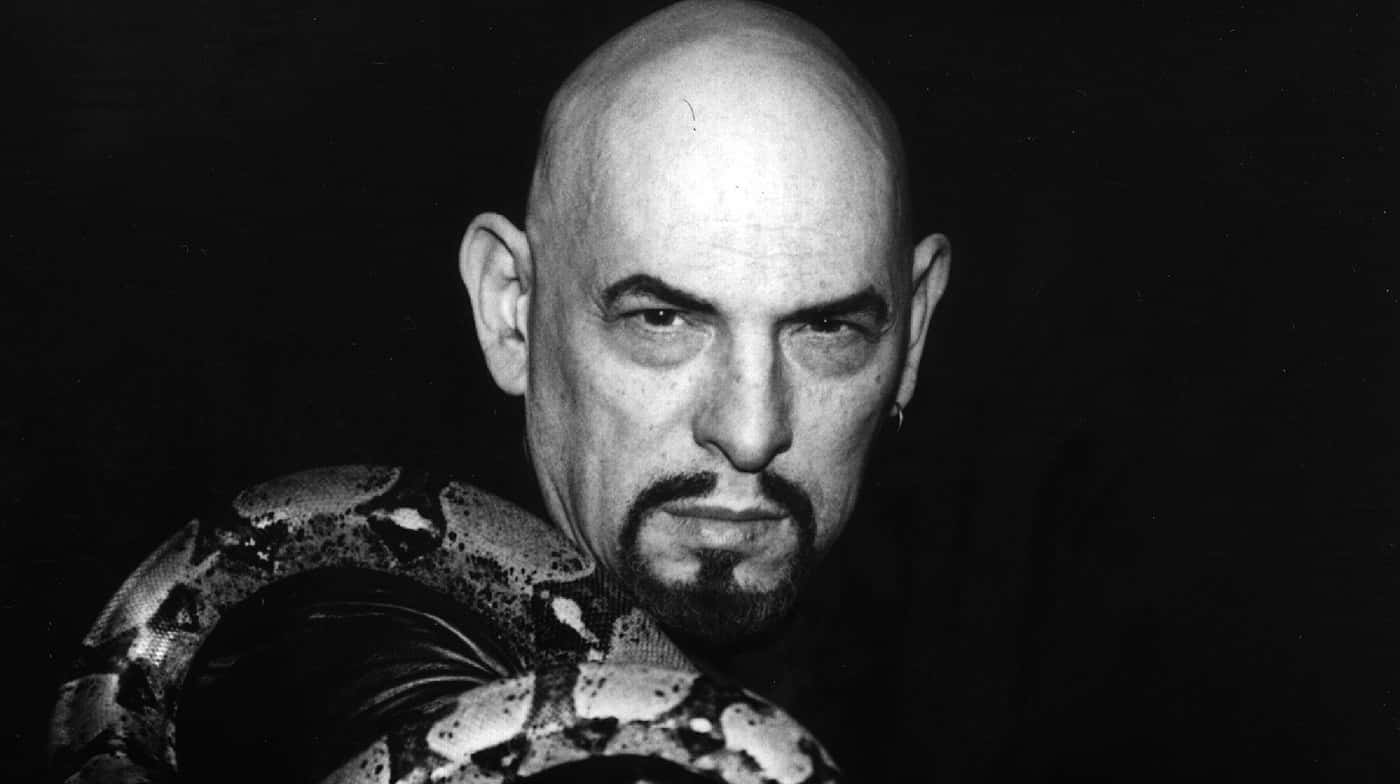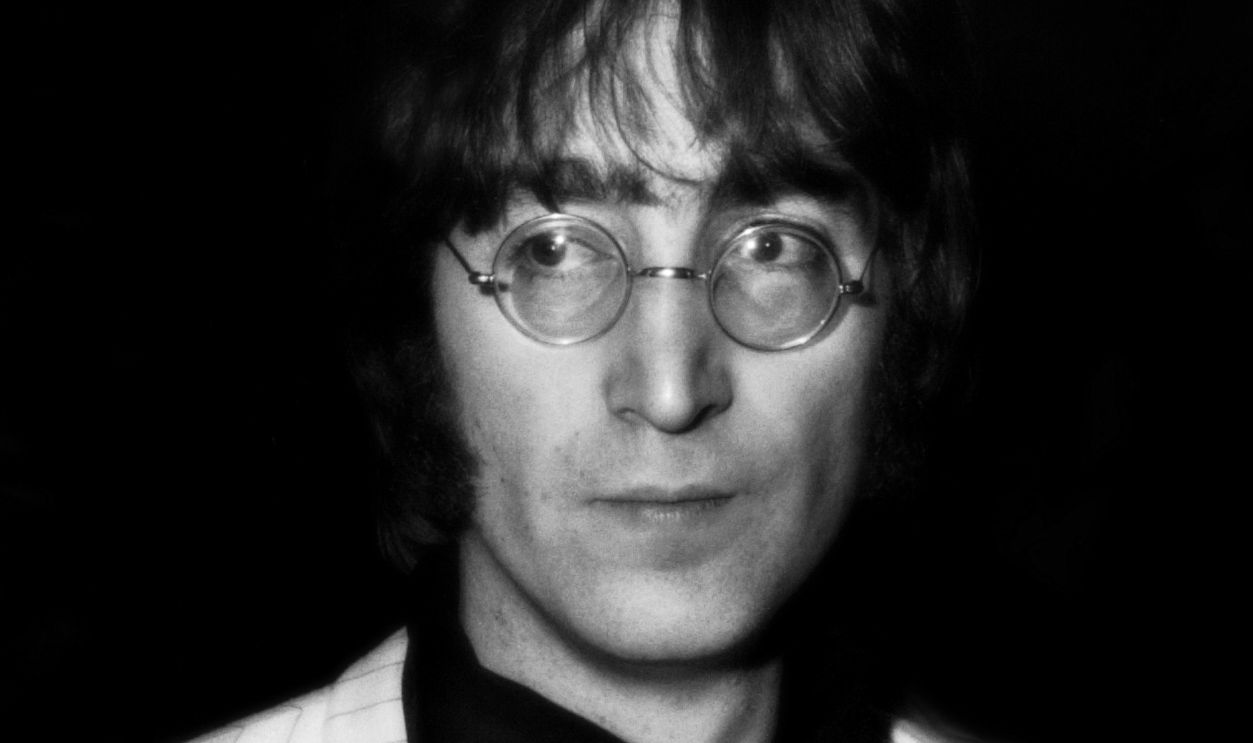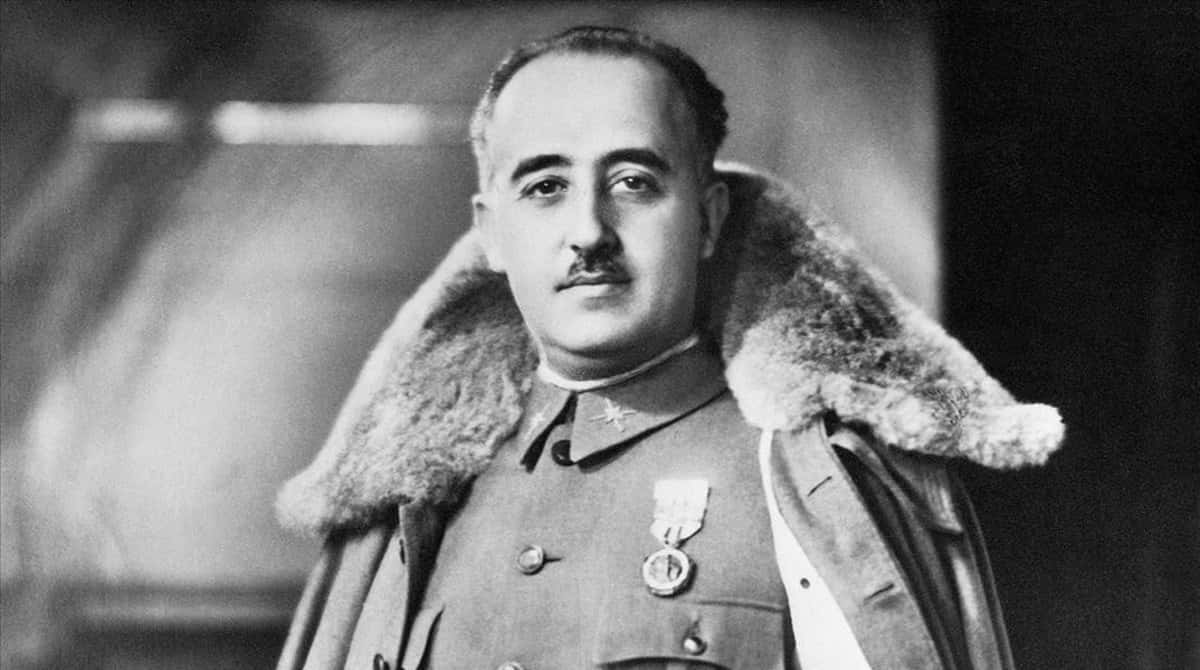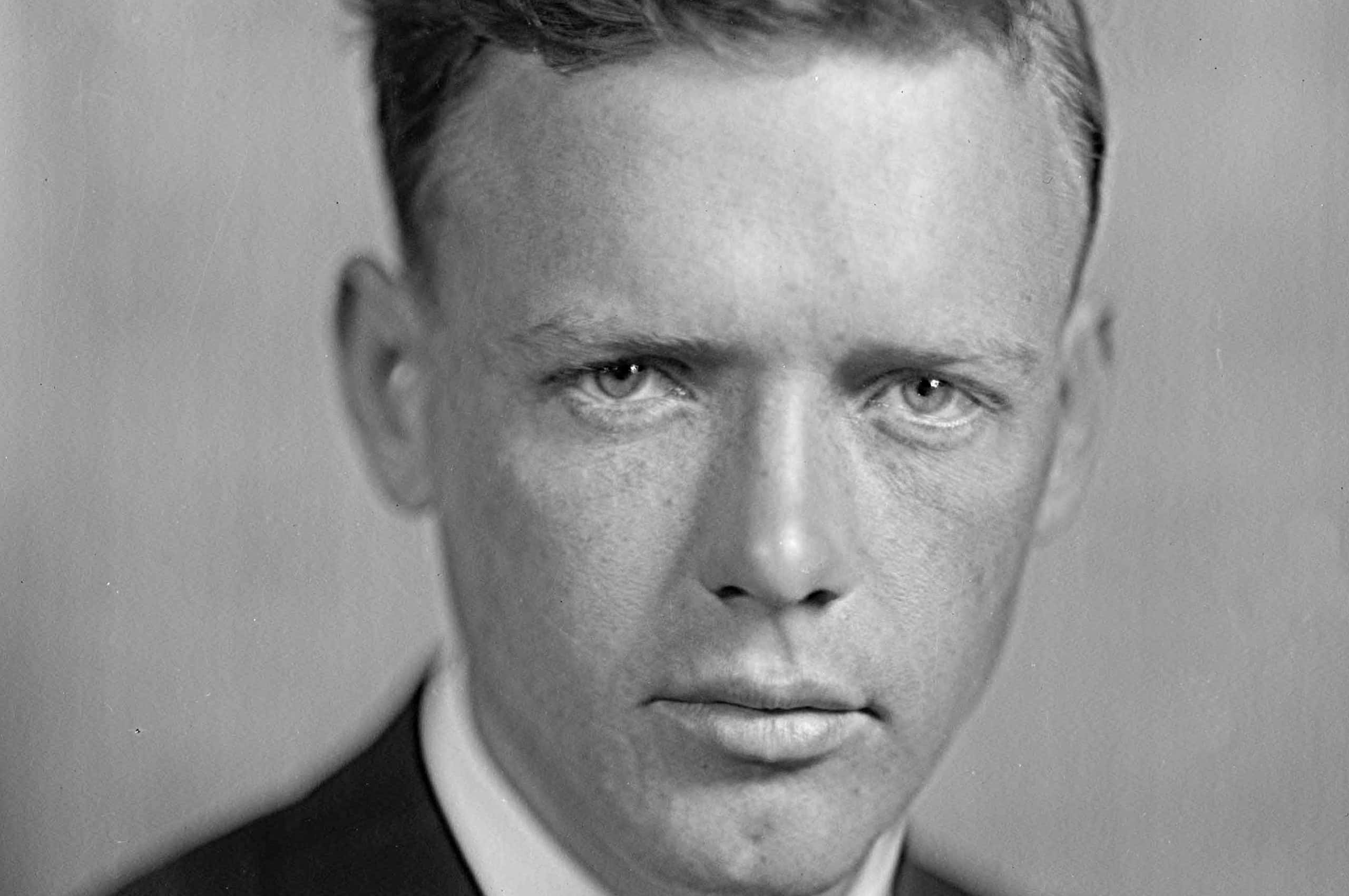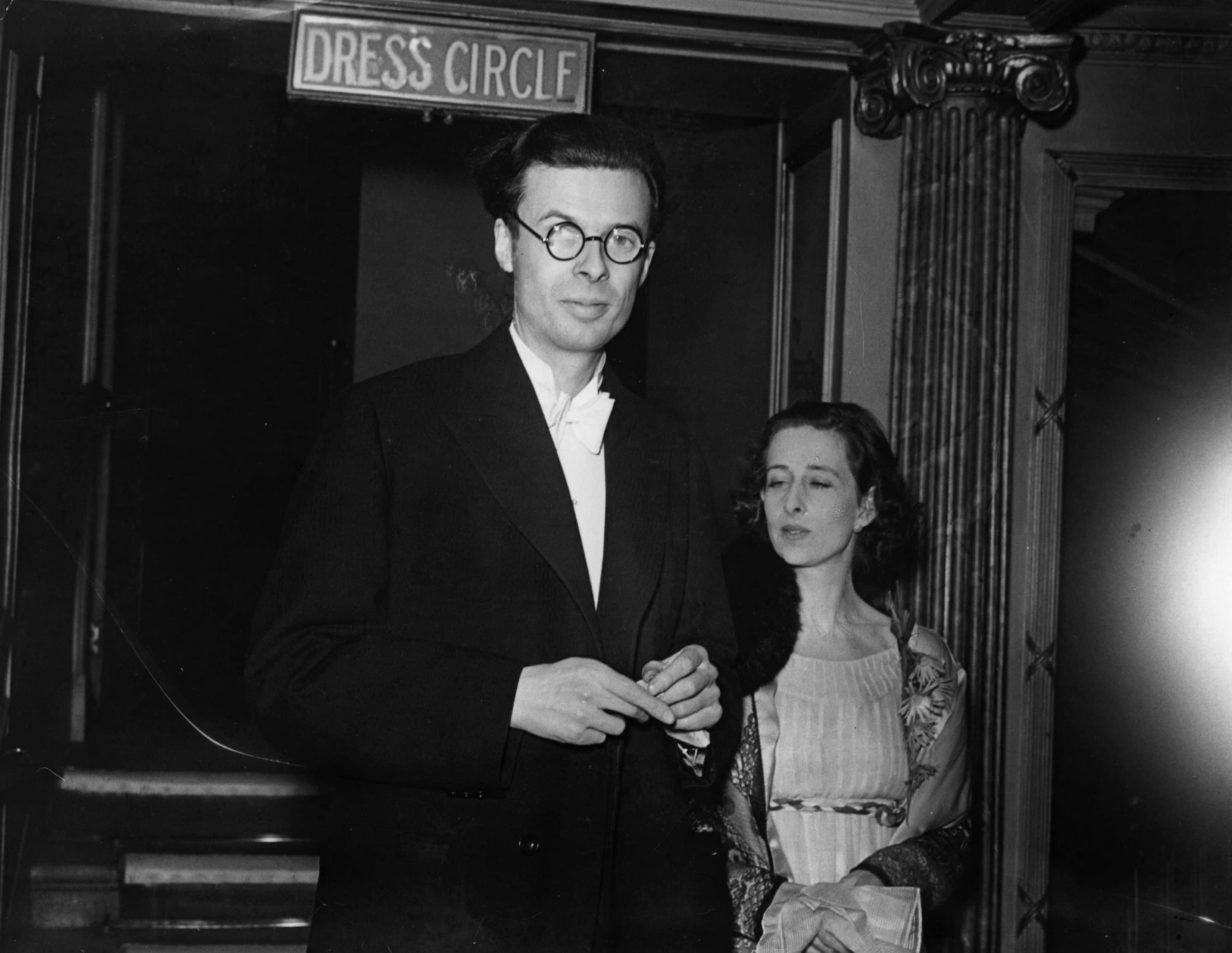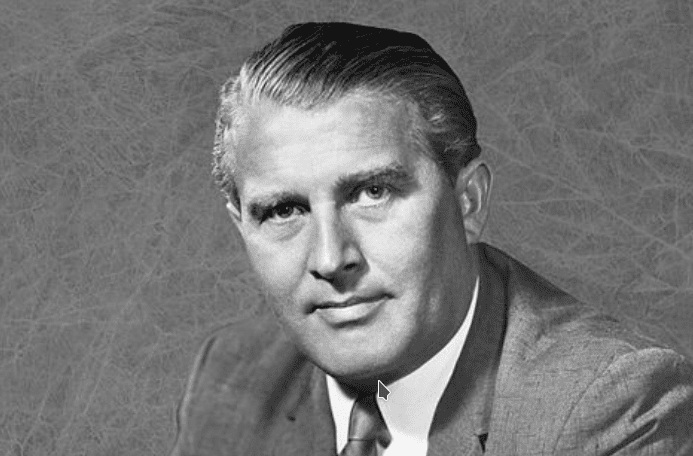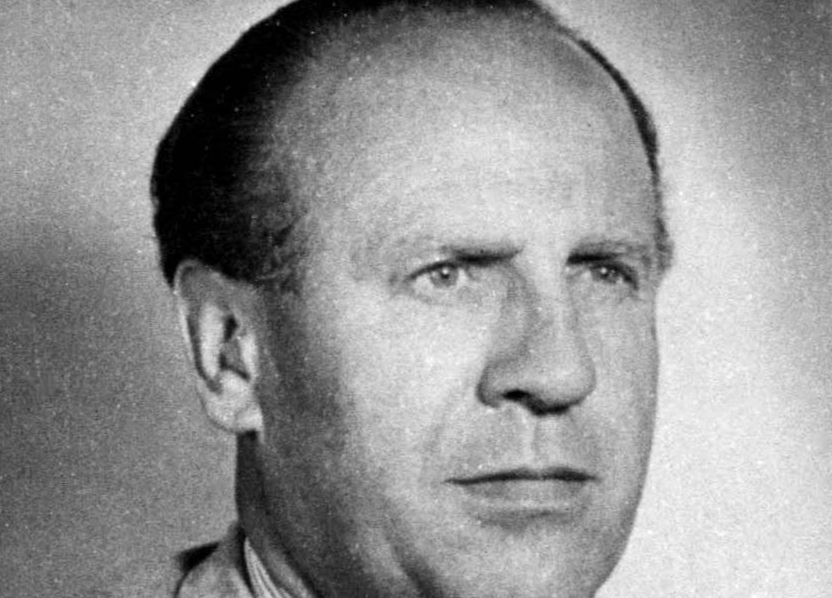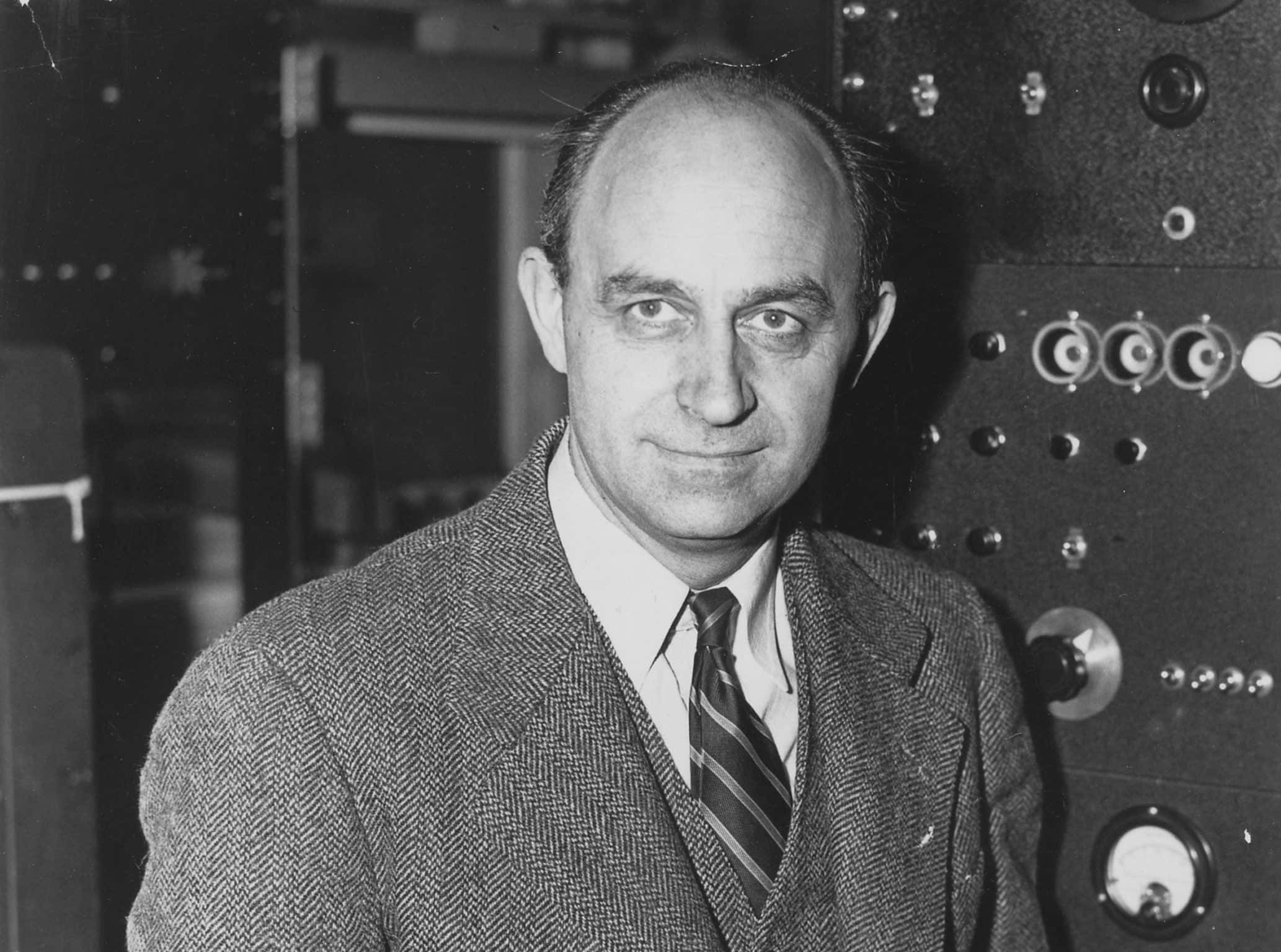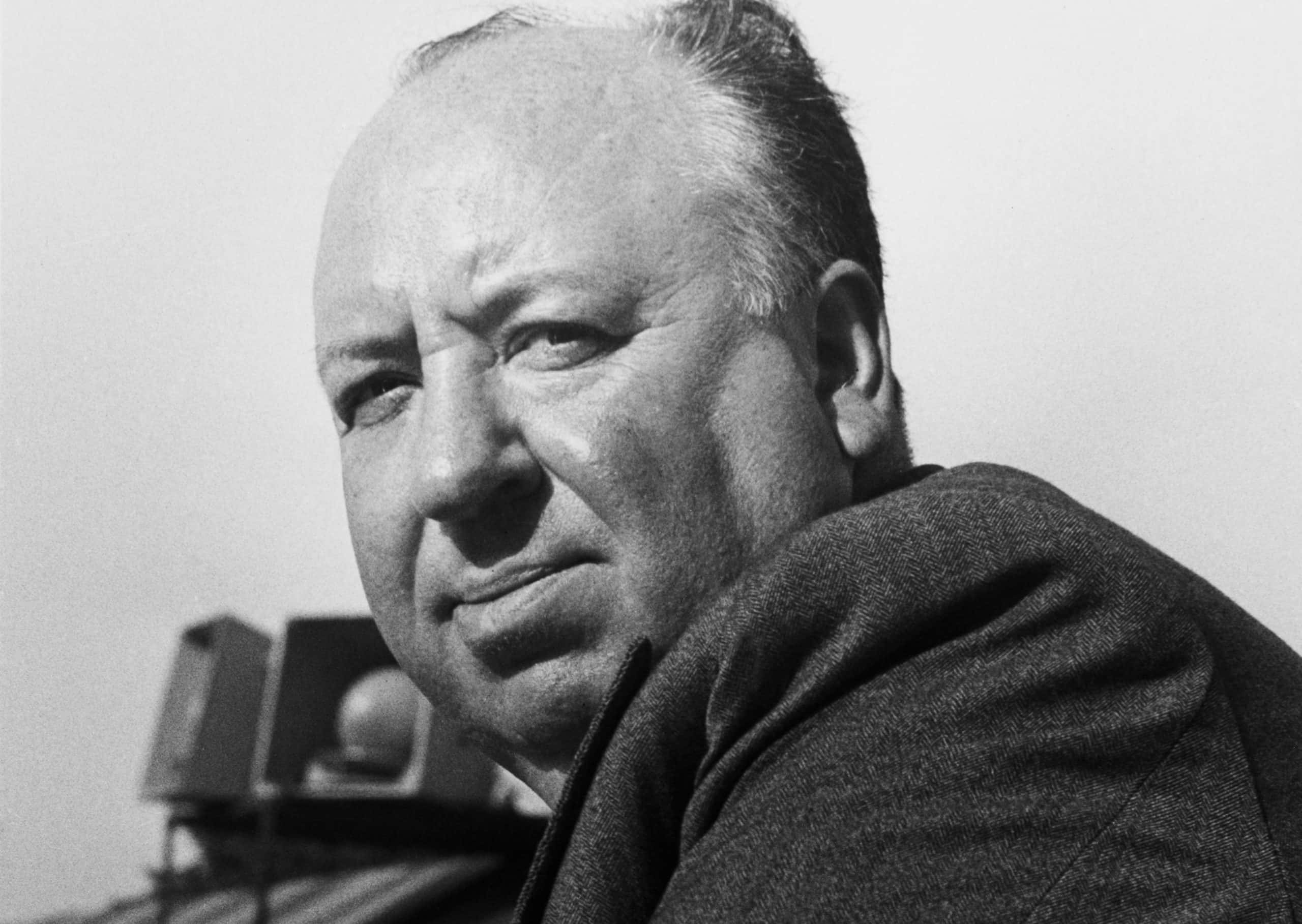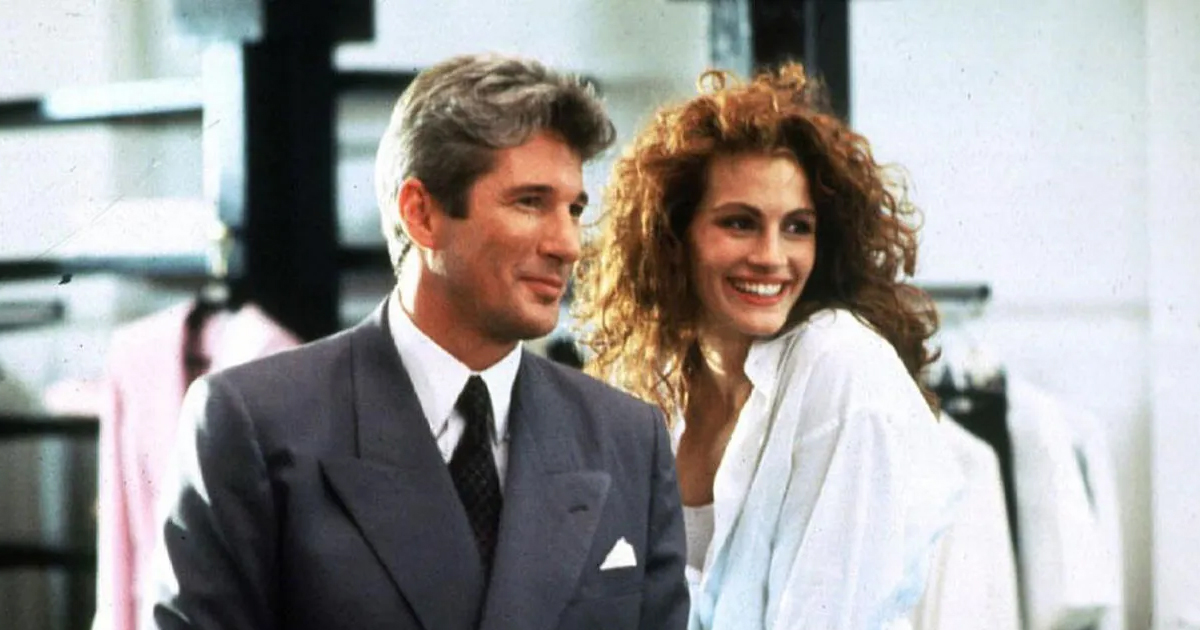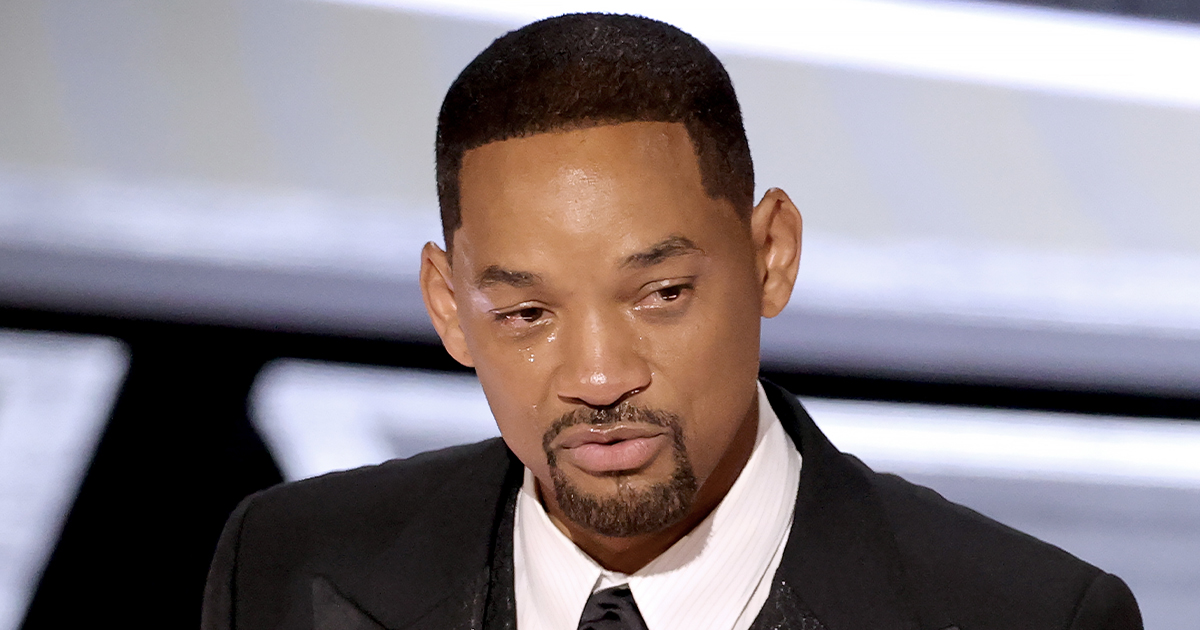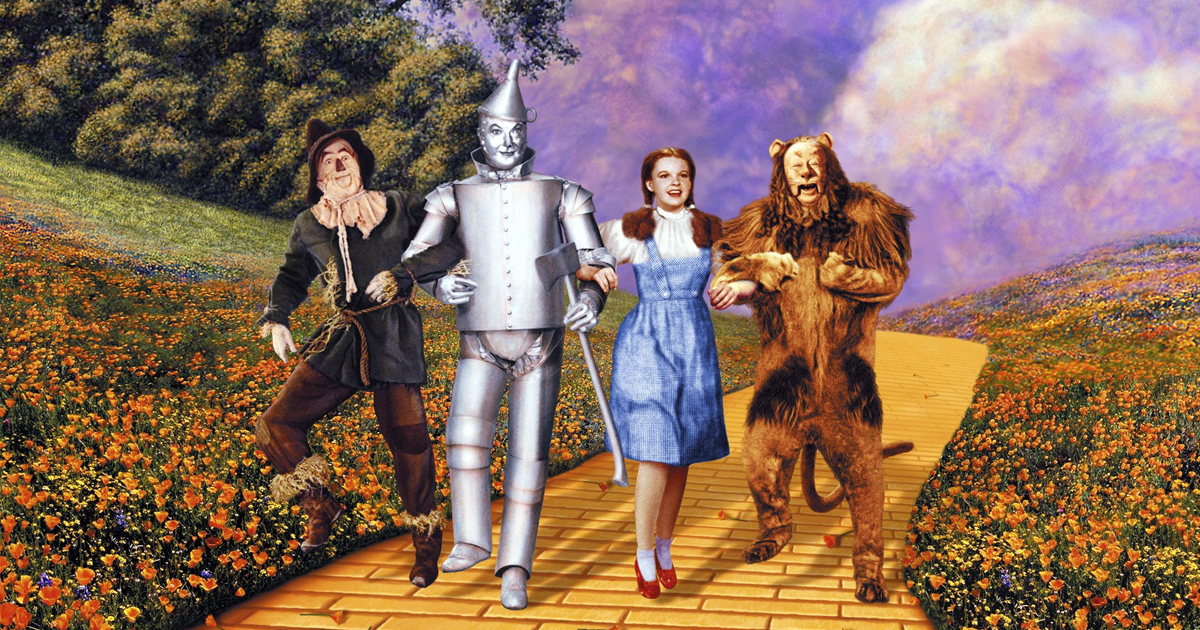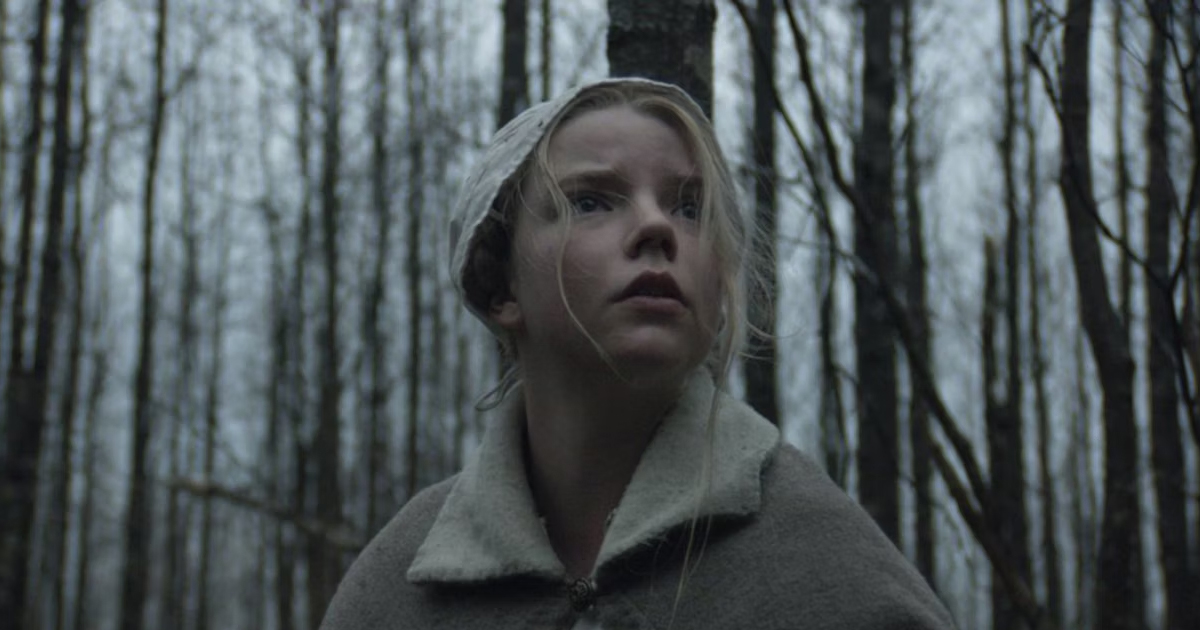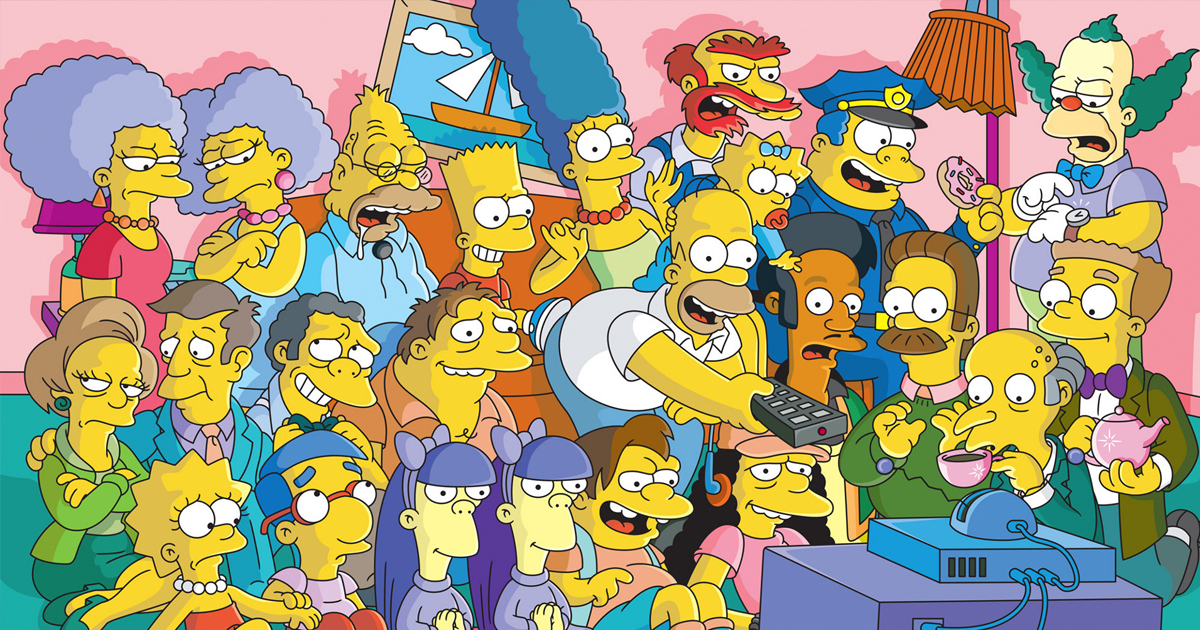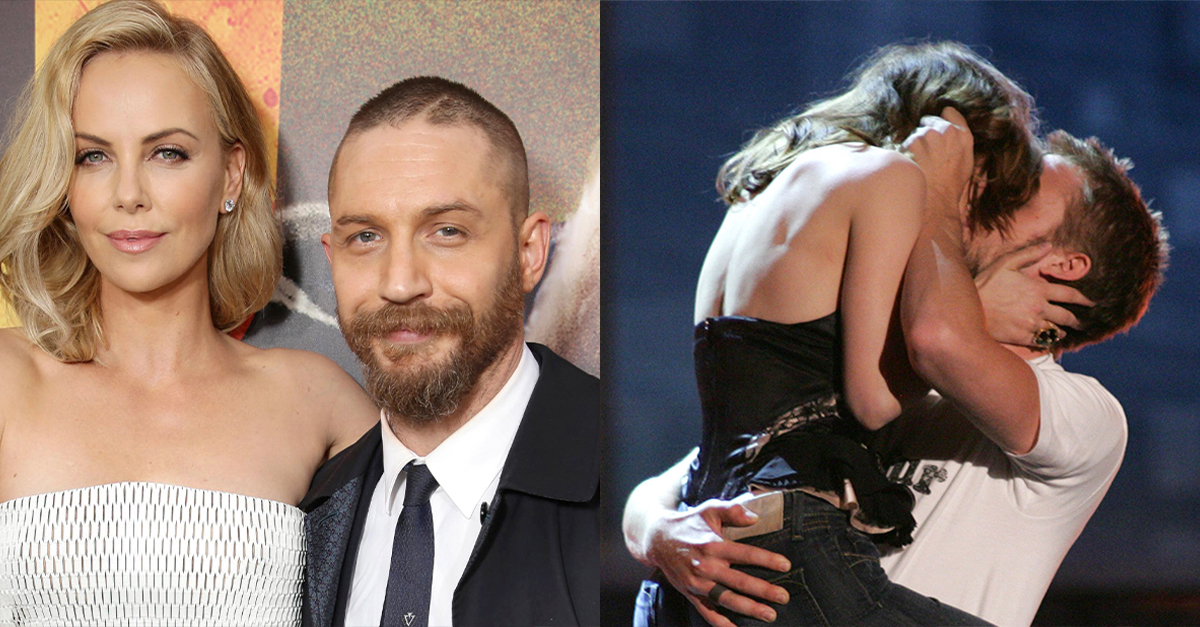What Else Got Left In The Footnotes?
We love our icons squeaky clean. But fame doesn’t come with a halo. Behind the red carpets and applause, some of the most admired figures have skeletons tucked away in designer closets.
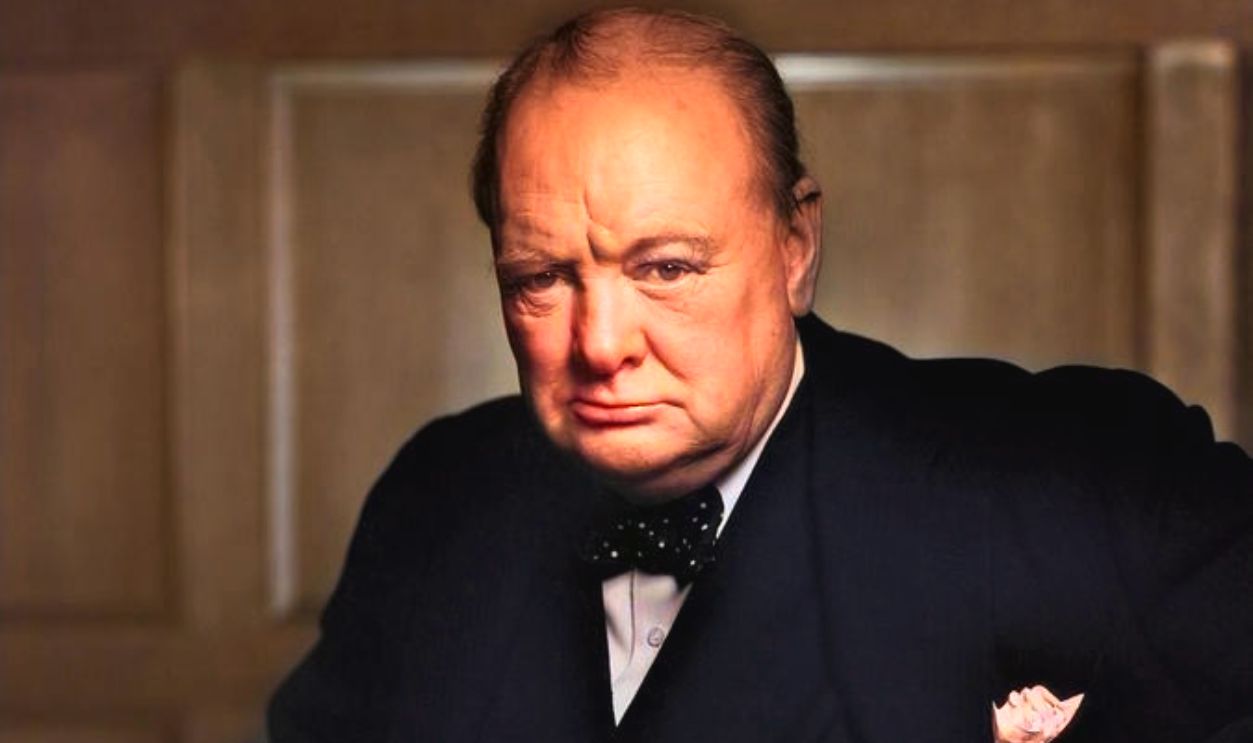
Alexander The Great
His siege of Tyre in 332 BCE ended with 8,000 civilians massacred. Historians often spotlight his military genius and cultural fusion, but what about the scorched earth he left behind? You won’t find tales of mercy also in the ruins of Persepolis, which his forces burned in drunken revelry.
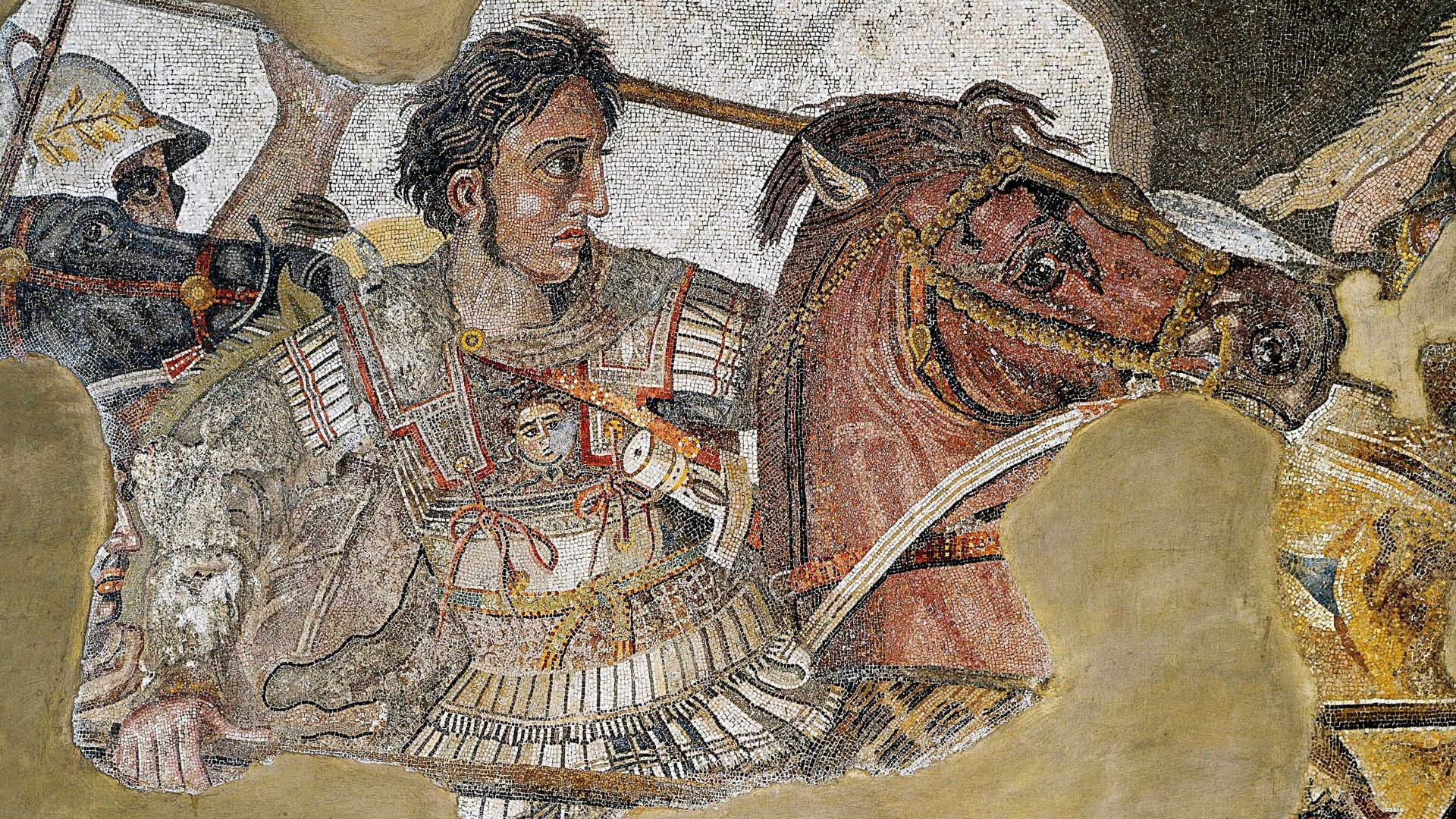 Unknown authorUnknown author on Wikimedia
Unknown authorUnknown author on Wikimedia
Julius Caesar
Ambition was Julius Caesar’s fuel, and Rome paid the tab. His famous veni, vidi, vici wasn’t just swagger; it heralded a chain of events that splintered the Roman Republic. When he crossed the Rubicon in 49 BCE, conflict erupted. Senators fled, legions clashed, and the republic gasped its last breath.
Genghis Khan
Numbers don’t lie. Genghis Khan’s campaigns may have built the largest land empire in history, but they also left 40 million corpses in their wake. Despite modern admiration for his legal codes and religious tolerance, the man operated like a storm, unstoppable and indifferent to mercy.
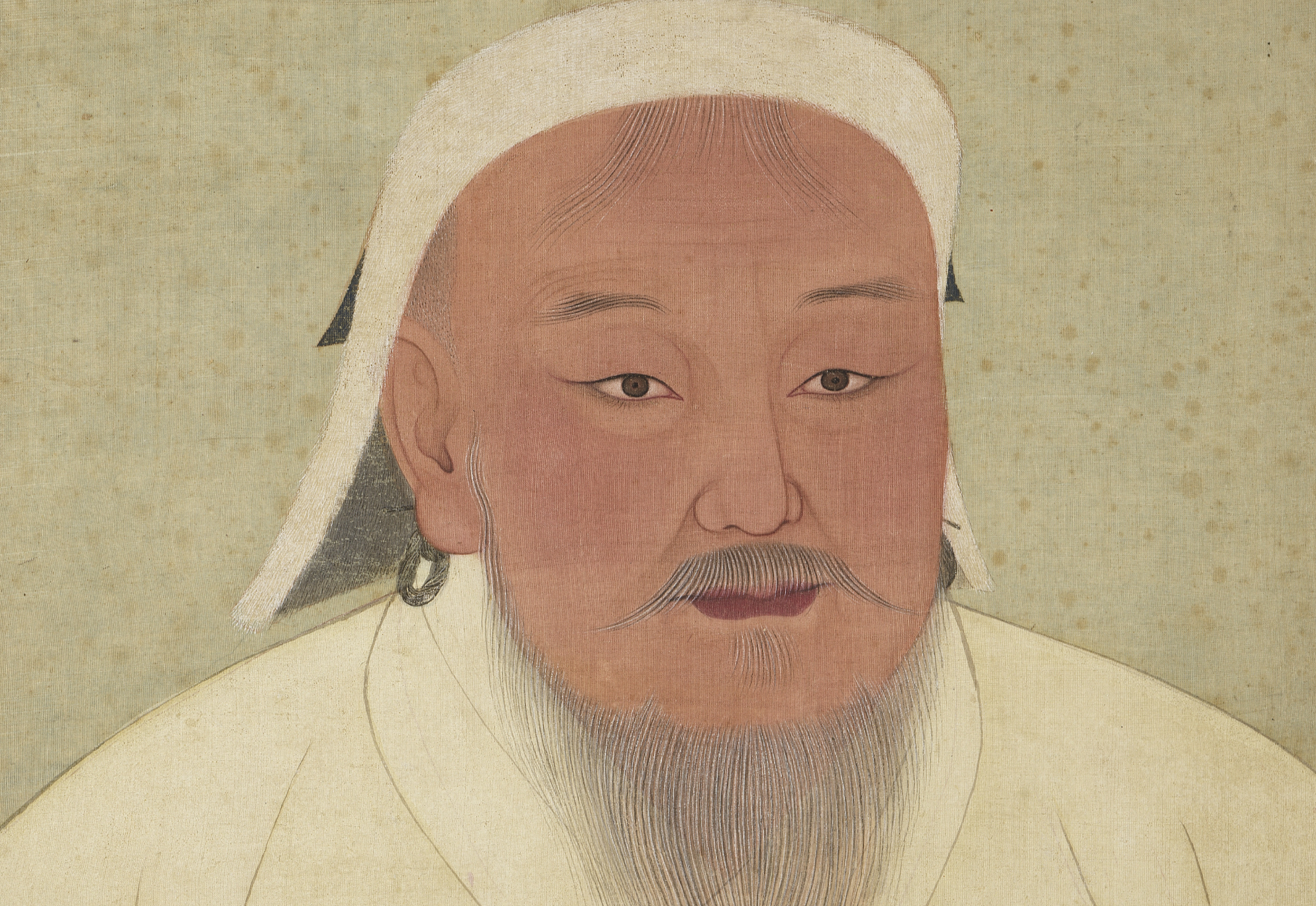 National Palace Museum, Wikimedia Commons
National Palace Museum, Wikimedia Commons
Christopher Columbus
In 1492, Columbus cruised the ocean blue and unwittingly redrew the world’s moral compass. He didn’t “discover” the Americas; he opened the floodgates to colonization, disease, and genocide. On Hispaniola alone, over 250,000 natives perished within decades of his arrival. Enslavement was rampant, and the torture was documented.
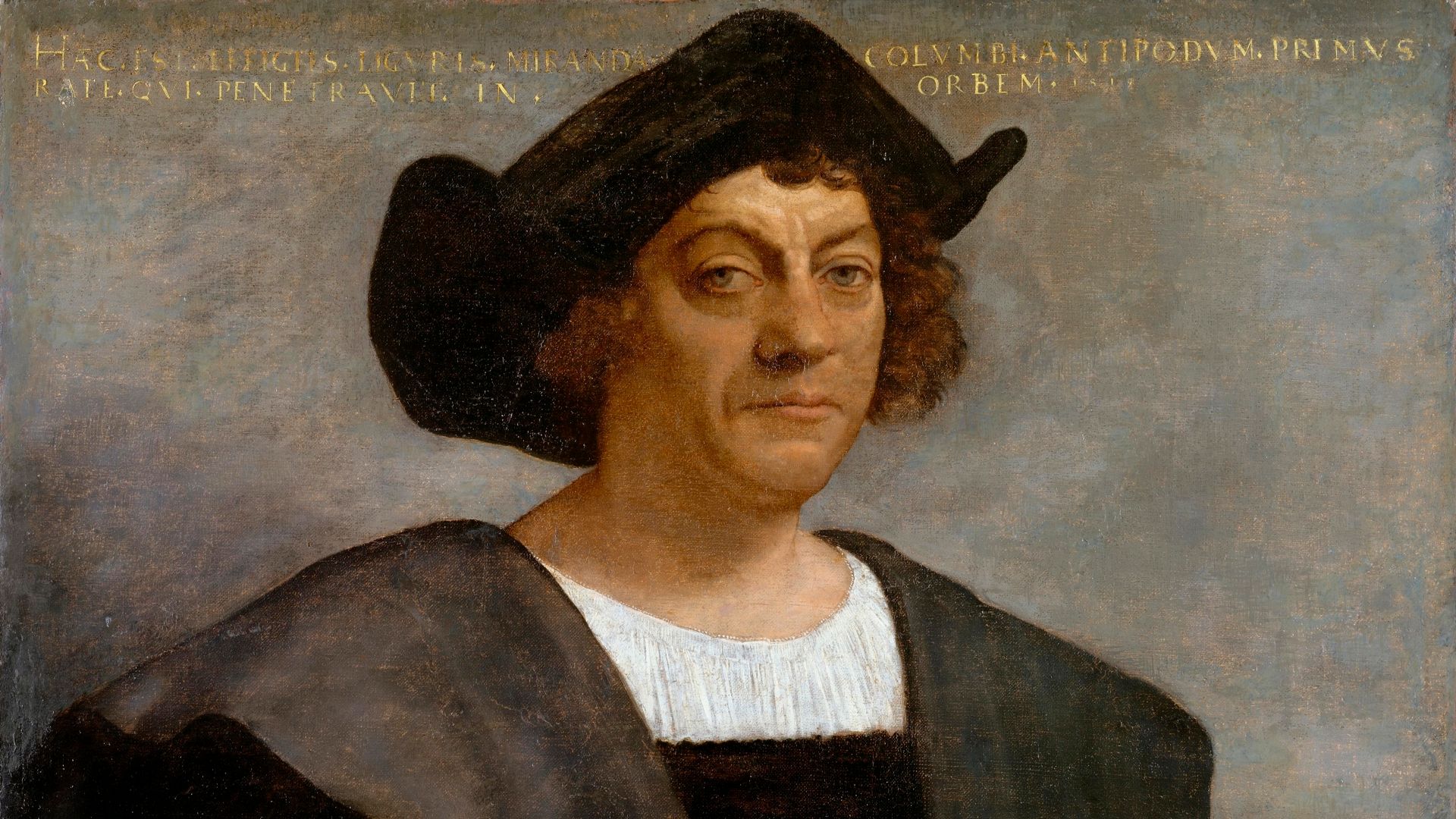 Sebastiano del Piombo on Wikimedia
Sebastiano del Piombo on Wikimedia
Thomas Jefferson
“Life, liberty, and the pursuit of happiness”. Inspiring, isn’t it? Yet the man who penned those words enslaved over 600 people in his lifetime. Jefferson fathered children with Sally Hemings, a woman born to a woman he owned, all while preaching Enlightenment ideals. That contradiction cuts deep, doesn’t it?
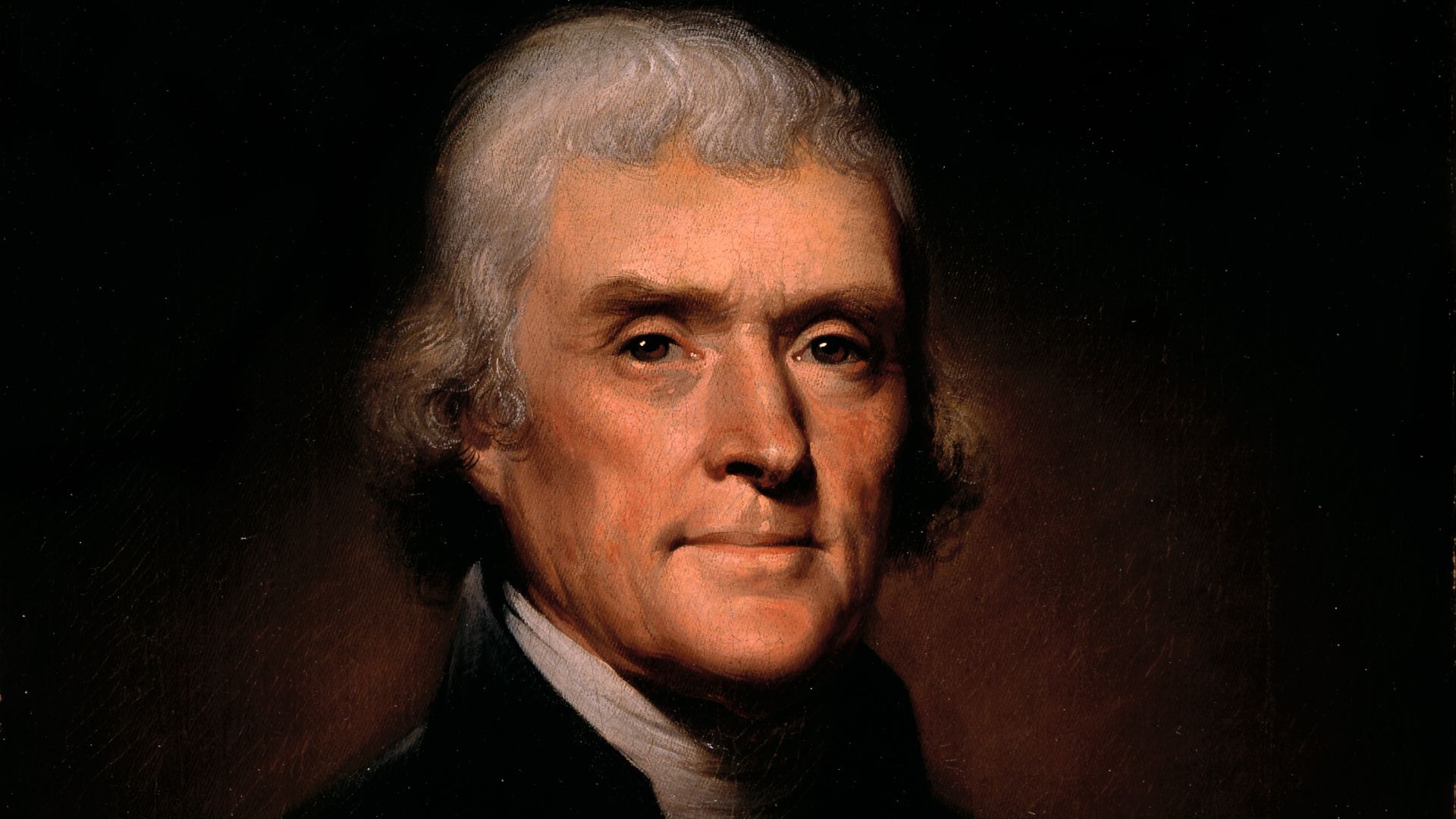 Rembrandt Peale, Wikimedia Commons
Rembrandt Peale, Wikimedia Commons
Richard III
When Edward V and his younger brother vanished in the Tower of London, fingers pointed at their uncle, Richard III. He seized the throne like a thief and was crowned within weeks. Centuries later, bones believed to be the princes’s were found buried under a staircase. Hmm, how convenient.
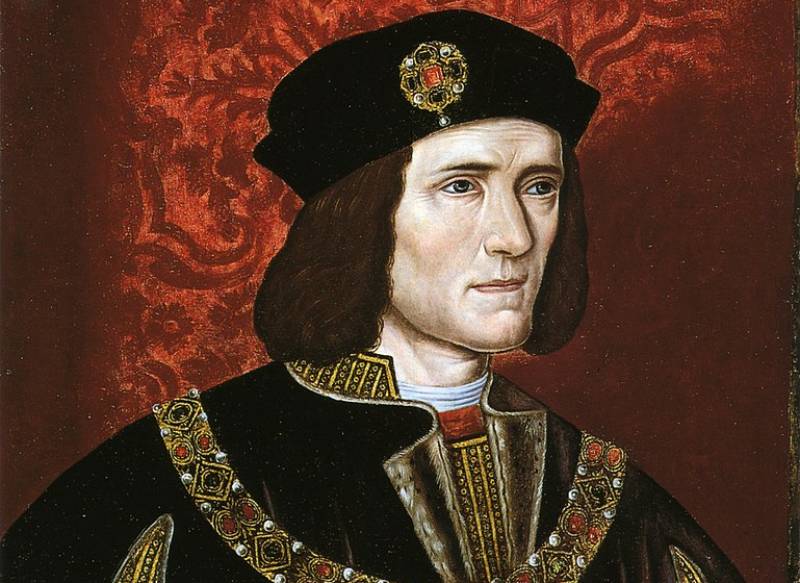 National Portrait Gallery, Wikimedia Commons
National Portrait Gallery, Wikimedia Commons
Napoleon Bonaparte
Brilliant tactician? Sure. But Napoleon’s campaigns killed thousands of people across Europe. And he wasn’t exactly democratic. In 1804, he crowned himself emperor, ending France’s republic experiment with a flourish of self-importance. The Peninsular War was a total bloodbath, and his invasion of Russia in 1812 was catastrophic.
 Jacques-Louis David, Wikimedia Commons
Jacques-Louis David, Wikimedia Commons
Andrew Jackson
Andrew Jackson forced over 60,000 Native Americans off their land in the 1830s, leading to the demise of 4,000 Cherokee during the Trail of Tears. This guy also ignored the Supreme Court’s ruling in Worcester v Georgia and pushed through the Indian Removal Act with cold resolve.
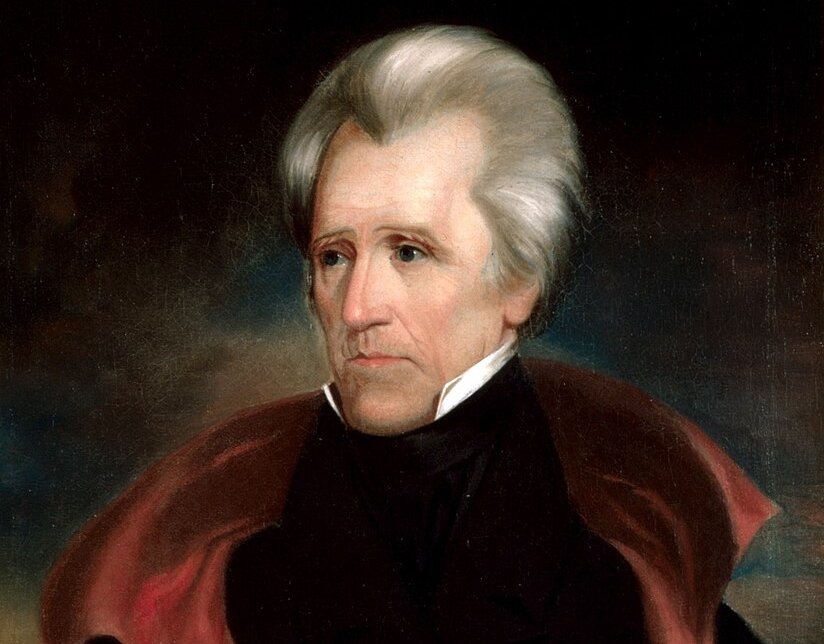 Ralph Eleaser Whiteside Earl, Wikipedia Commons
Ralph Eleaser Whiteside Earl, Wikipedia Commons
King Leopold II
Leopold II called the Congo his “personal project,” while it was his private hellscape. An estimated 10 million Congolese perished because of the regime's forced labor, mutilation, and famine between 1885 and 1908. All for rubber and ivory. His men cut off hands as punishment for not meeting quotas.
Woodrow Wilson
After taking office in 1913, he allowed the re-segregation of federal offices, which had been integrated since the Civil War. Black federal employees lost jobs or got shoved behind screens—literally. The kicker? He hosted a White House screening of The Birth of a Nation, praising its bigoted narrative.
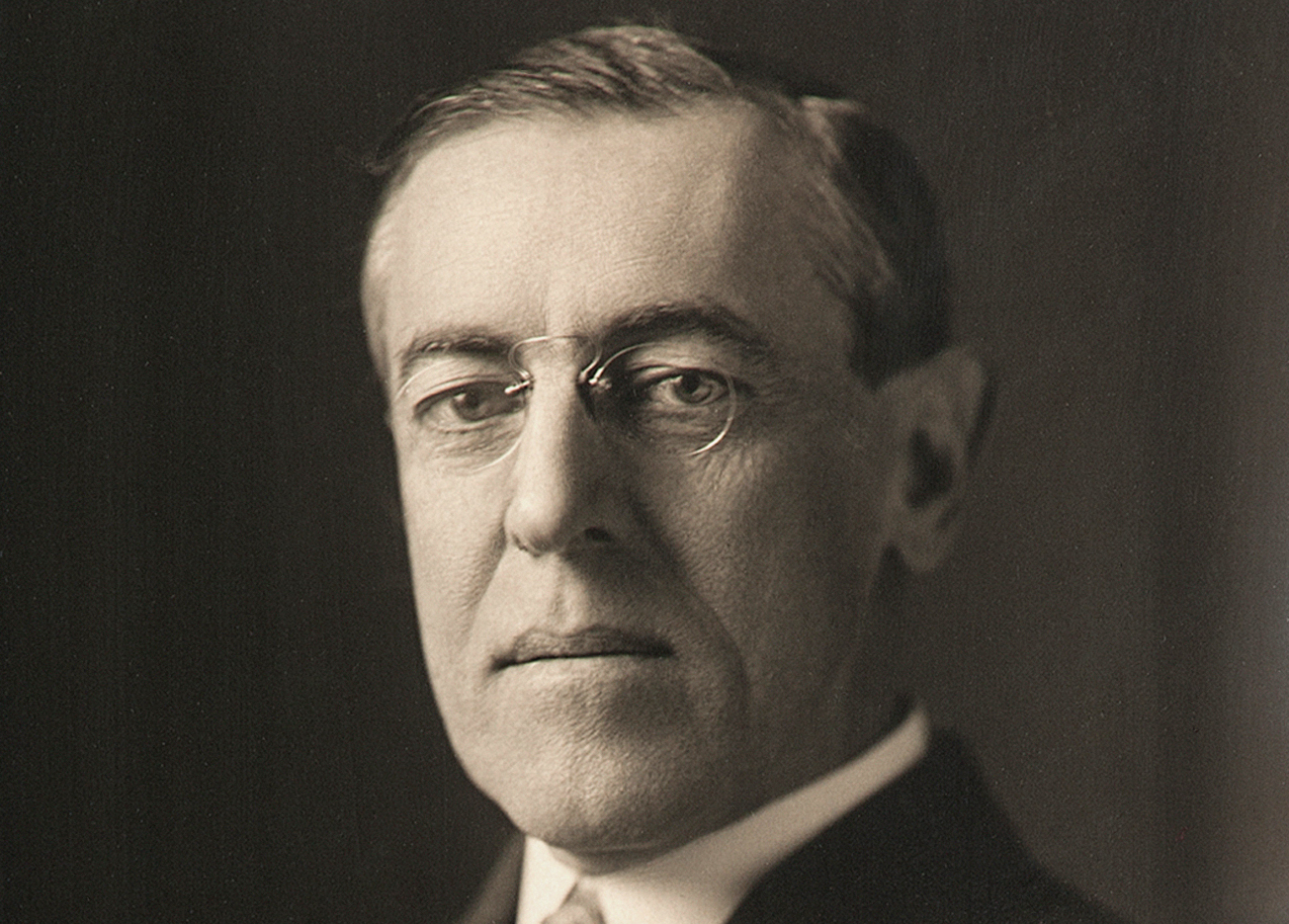 Harris & Ewing, Wikimedia Commons
Harris & Ewing, Wikimedia Commons
Winston Churchill
Churchill’s speeches roared across wartime Europe, but his silence in Bengal thundered just as loudly. In 1943, while India starved during a devastating famine, Churchill refused to redirect food shipments, saying the locals “breed like rabbits”. Millions of people died while grain rotted in storage or was rerouted to Europe.
Mahatma Gandhi
Gandhi wore simplicity like a badge, yet his early writings in South Africa reveal disturbing racial hierarchies. He referred to Black Africans as “savages” and demanded segregation from them in prisons. While millions honor him for nonviolence and independence, few discuss how his attitudes evolved (or didn’t) on race.
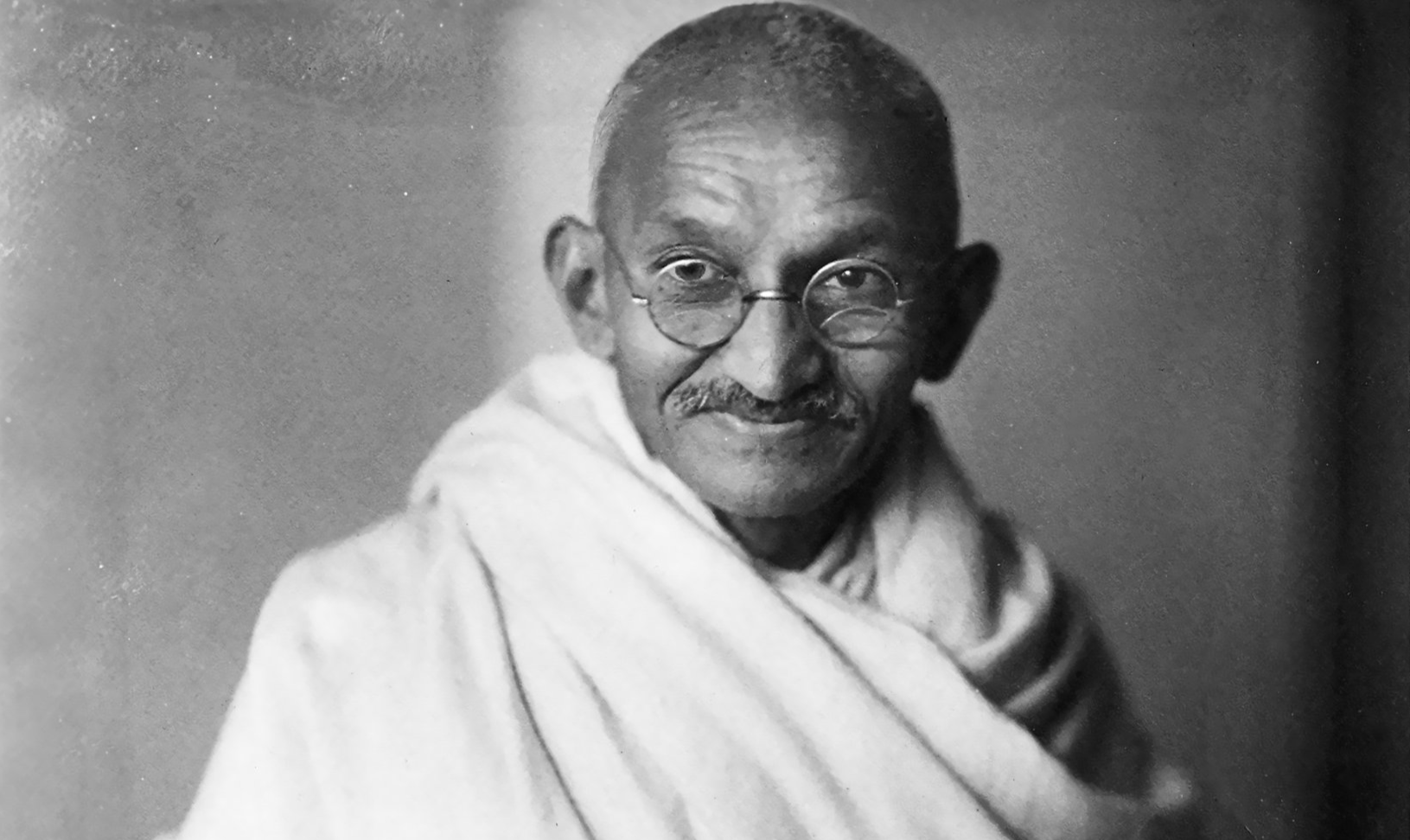 Elliott & Fry, Wikimedia Commons
Elliott & Fry, Wikimedia Commons
Mother Teresa
Critics argue her clinics lacked hygiene, training, and basic medical care, even while millions in donations poured in. Mother Teresa admired suffering as a path to salvation, yet she flew to elite hospitals when ill. Devoted? Definitely. But was her mercy selective? Now that’s the hard pill to swallow.
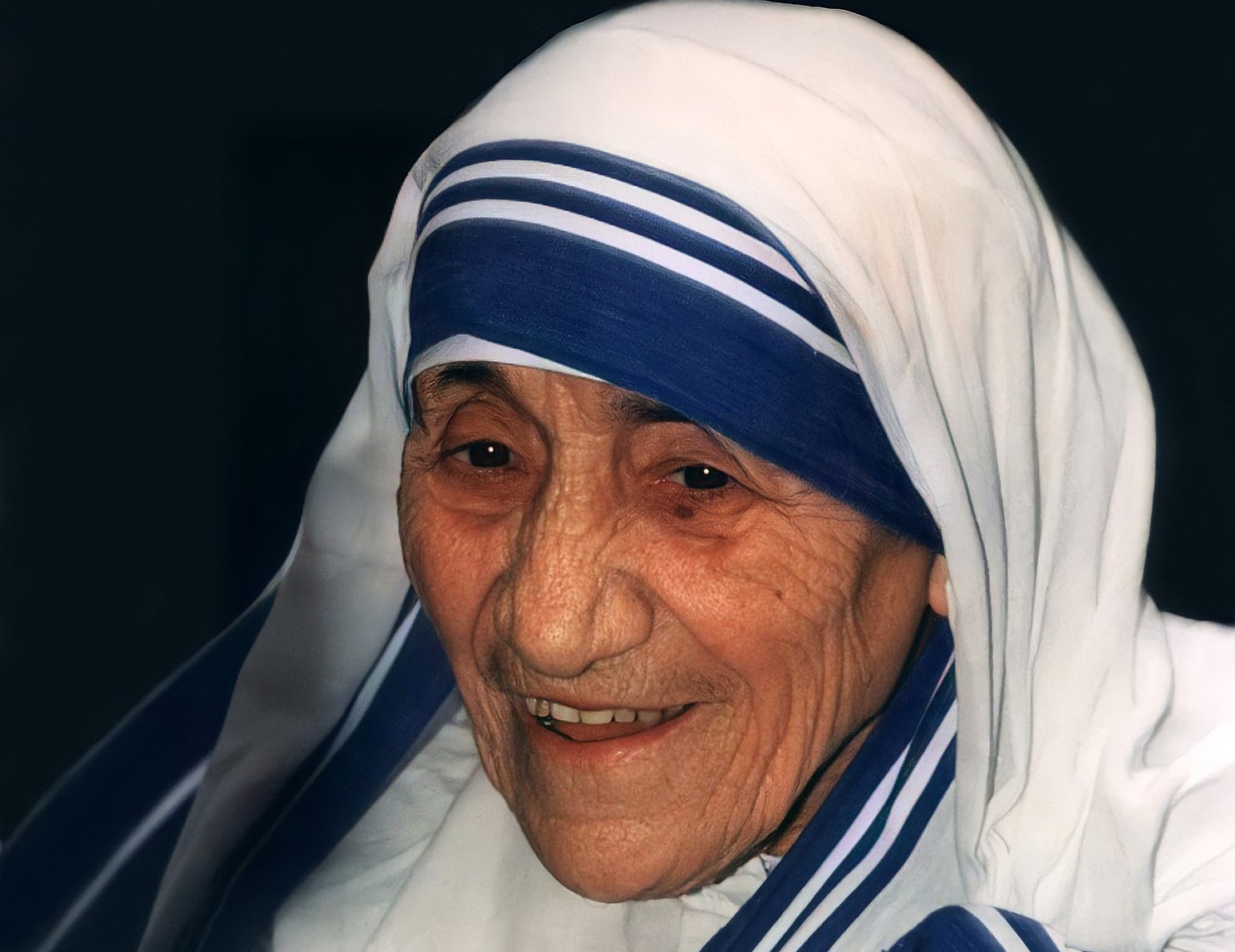 Kingkongphoto, USA, CC BY-SA 2.0, Wikimedia Commons
Kingkongphoto, USA, CC BY-SA 2.0, Wikimedia Commons
John F Kennedy
JFK charmed America with Camelot dreams, but behind closed doors, scandal brewed. From reckless affairs—some allegedly with underage girls—to rumored Mafia ties, Kennedy’s private life contrasted sharply with his polished public image. FBI files later hinted at blackmail vulnerabilities that could’ve rocked national security.
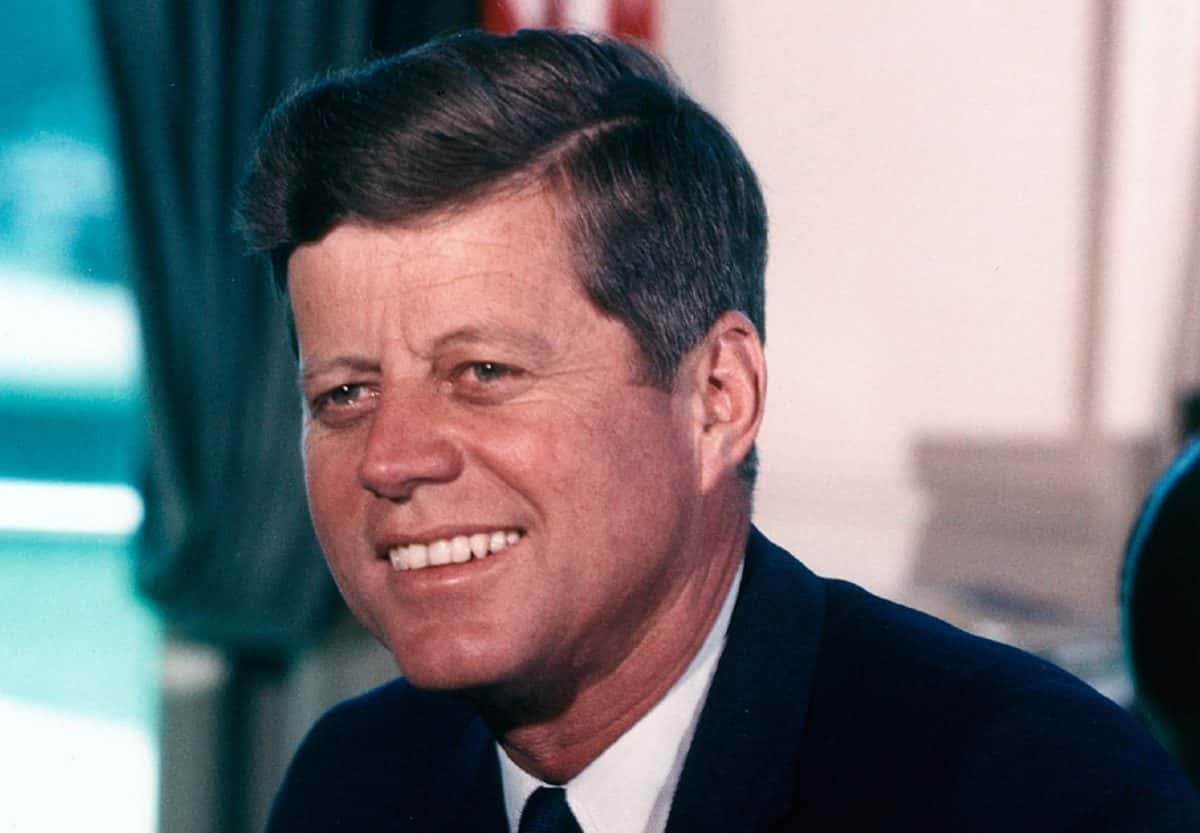 Flickr, U.S. Embassy New Delhi
Flickr, U.S. Embassy New Delhi
Che Guevara
You’ve seen the iconic poster—Che’s eyes blazing with revolutionary fire. But in post-revolution Cuba, Guevara helped run La Cabana prison, where hundreds were allegedly executed without trial. Far from romantic, his version of socialism allowed no dissent. He admired Mao’s brutal collectivization and enforced ideological conformity with an iron fist.
 Alberto Korda, restored by Adam Cuerden on Wikimedia
Alberto Korda, restored by Adam Cuerden on Wikimedia
Steve Jobs
Innovation has a cost, and Steve Jobs made sure someone else paid it. Apple’s co-founder drove employees to burnout, publicly humiliated staff, and dismissed colleagues’s contributions. Stories of him parking in handicapped spaces or denying paternity for his daughter, Lisa, paint a picture of a genius dipped in arrogance.
Alexander Graham Bell
The famed inventor advocated for banning sign language, pushing oralism instead, believing deaf people should assimilate. But it gets darker: he supported eugenics in the fear that deaf individuals marrying each other would “dilute” the human gene pool. Today, many in the deaf community see him as an oppressor.
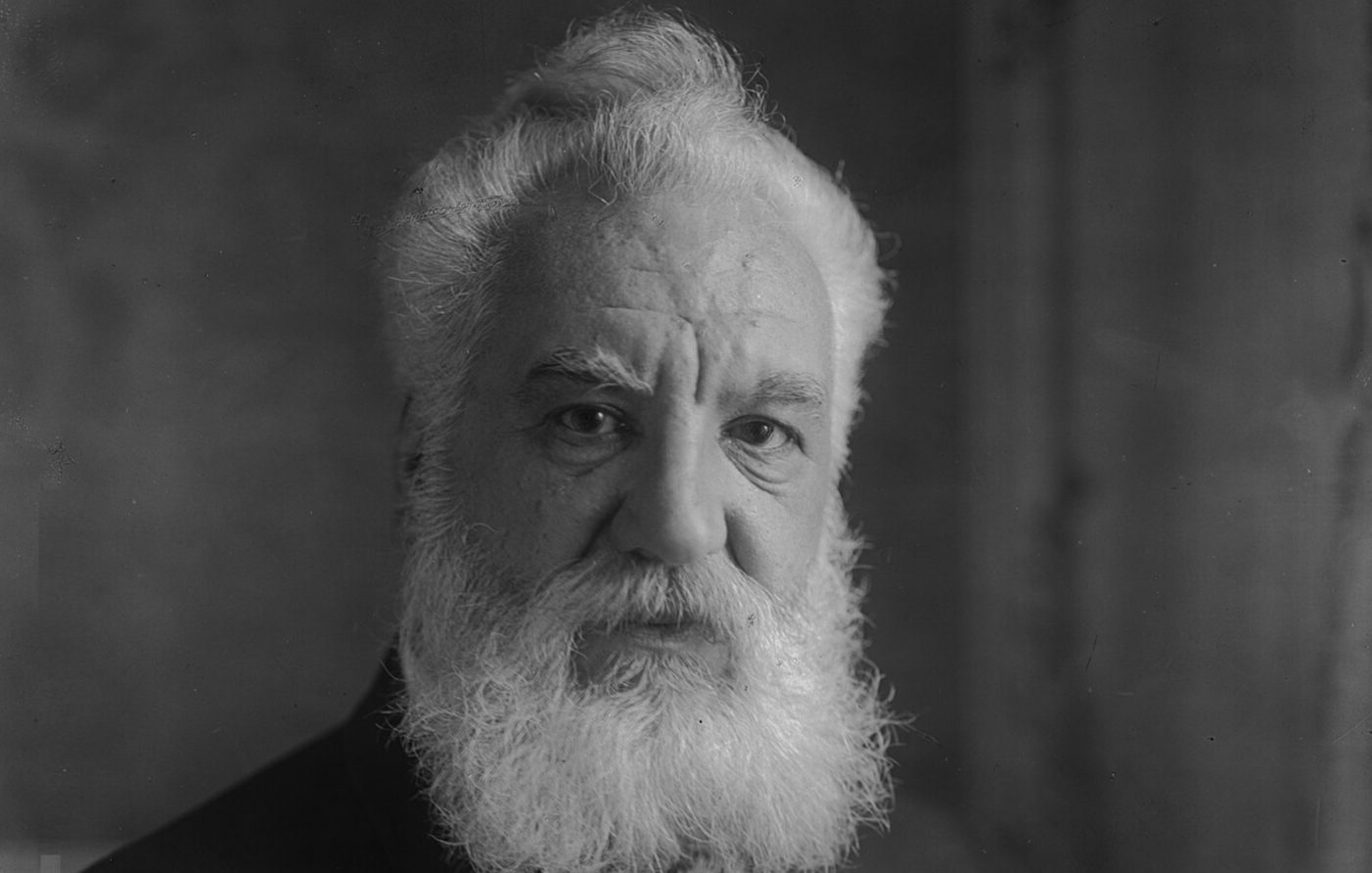 Harris & Ewing, Wikimedia Commons
Harris & Ewing, Wikimedia Commons
Henry Kissinger
Step into a command center, and you’ll hear Kissinger praised. But take a peek into Southeast Asia or Latin America, and you’ll find blood trails. Kissinger supported coups in Chile, greenlit bombings in Cambodia and Laos, and backed regimes with shocking human rights records where thousands lost their lives.
Elizabeth Cady Stanton
Elizabeth Cady Stanton blazed trails for women’s rights, but she scorched bridges along the way. After the Civil War, she opposed the 15th Amendment, arguing that educated white women deserved the vote more than uneducated Black men. She framed suffrage as a racial hierarchy rather than a universal right.
 Billy Hathorn, Wikimedia Commons
Billy Hathorn, Wikimedia Commons
Susan B Anthony
Statue-worthy? Yes. Flawless? Not quite. Susan B Anthony fought fiercely for women’s voting rights, but her alliances with prejudicial groups and silence on Black suffrage raise eyebrows. During Reconstruction, she prioritized white women’s votes over Black men’s, sometimes embracing strategies that divided more than they united.
 Unknown authorUnknown author, Wikimedia Commons
Unknown authorUnknown author, Wikimedia Commons
Mary Ann Cotton
Sweet tea turned sinister when Cotton brewed it. England’s most prolific female serial killer in the 19th century, she poisoned up to 21 people—three of her four husbands and eleven of her children—for insurance money. Her secret weapon? Arsenic. She fluttered from town to funeral using tears to dodge suspicions.
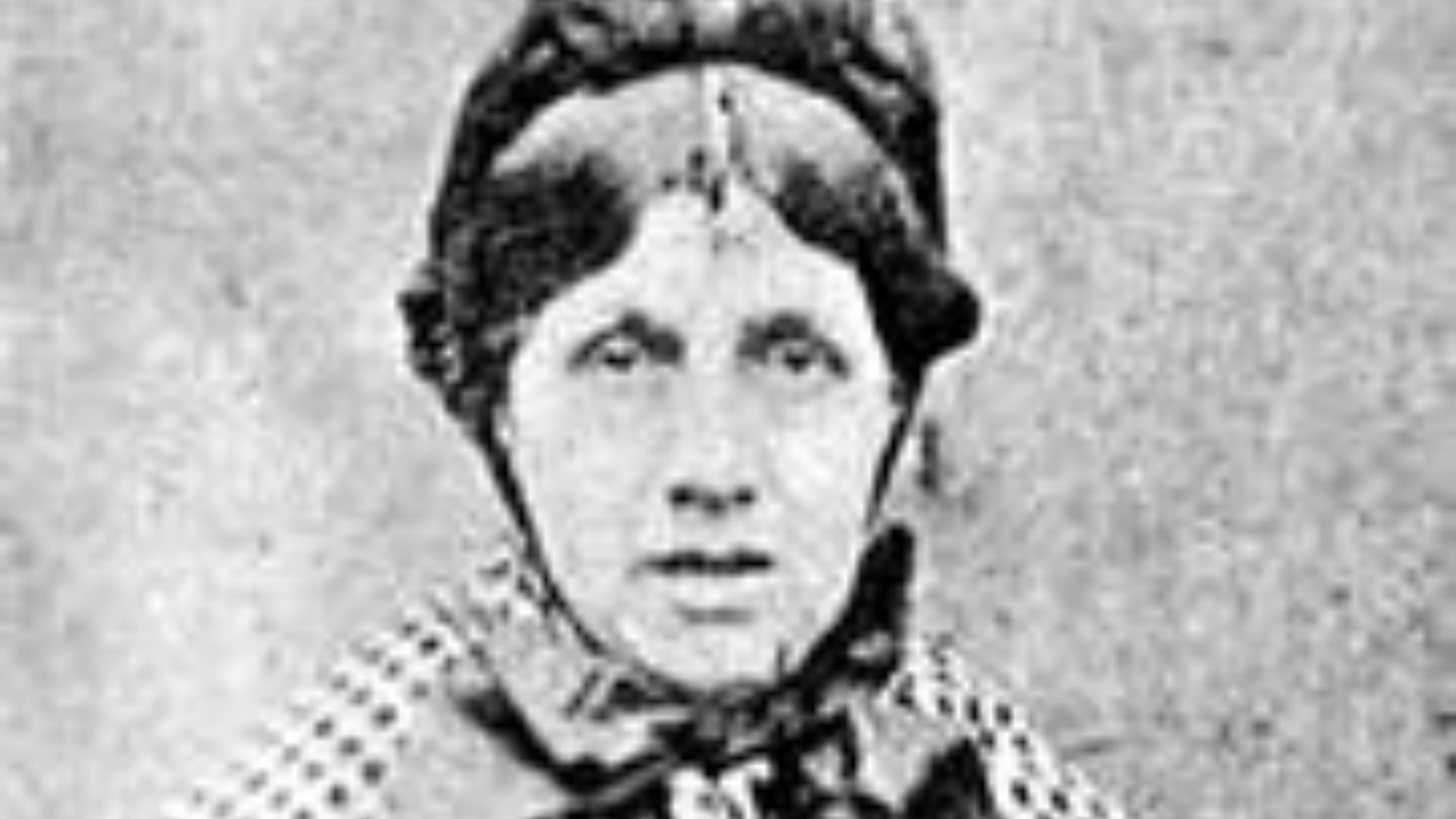 \the ledgeand, Wikimedia Commons
\the ledgeand, Wikimedia Commons
Anton LaVey
Dark robes, black cats, pentagrams—you’ve seen the aesthetic. Anton LaVey milked every drop of theatricality as the founder of the Church of Satan. But many claim he built his identity on fabrication: fake stories of lion taming and film consulting. Some insiders say the rituals were more PR than power.
Vladimir Lenin
Lenin promised peace and land, but he served purges, censorship, and Red Terror. After seizing power in 1917, he crushed dissent with an iron grip. Under his orders, the Cheka—his secret police—executed thousands. All workers who went on strike were shot down, and the newspapers were muzzled.
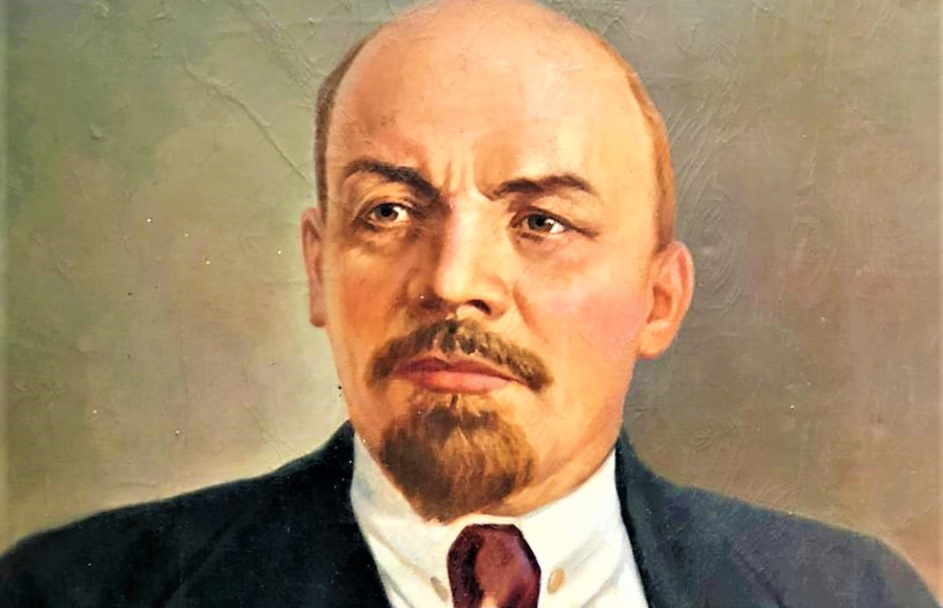 Dataresearch, CC BY-SA 4.0, Wikimedia Commons
Dataresearch, CC BY-SA 4.0, Wikimedia Commons
John Lennon
Lennon preached peace, but posthumous biographies and even Yoko Ono herself revealed troubling stories of domestic abuse, absentee parenting, and emotional volatility. His image as a gentle pacifist stood in stark contrast to the control and cruelty detailed by those closest to him after his passing.
Francisco Franco
For nearly 40 years, Franco’s regime tortured dissidents, executed thousands, and silenced the press. After triumphing in the Spanish Civil War in 1939, he kept democracy in a coma until he passed on in 1975. Schools, churches, the people, and even art bowed to his will.
Pol Pot
No classrooms. No cities. No mercy. Pol Pot’s Khmer Rouge emptied Cambodia’s urban centers, took out intellectuals, and buried 2 million citizens in “killing fields”. His vision of agrarian utopia became a nightmare. Wearing peasant clothes, he claimed to represent the people, but ruled like a phantom of doom.
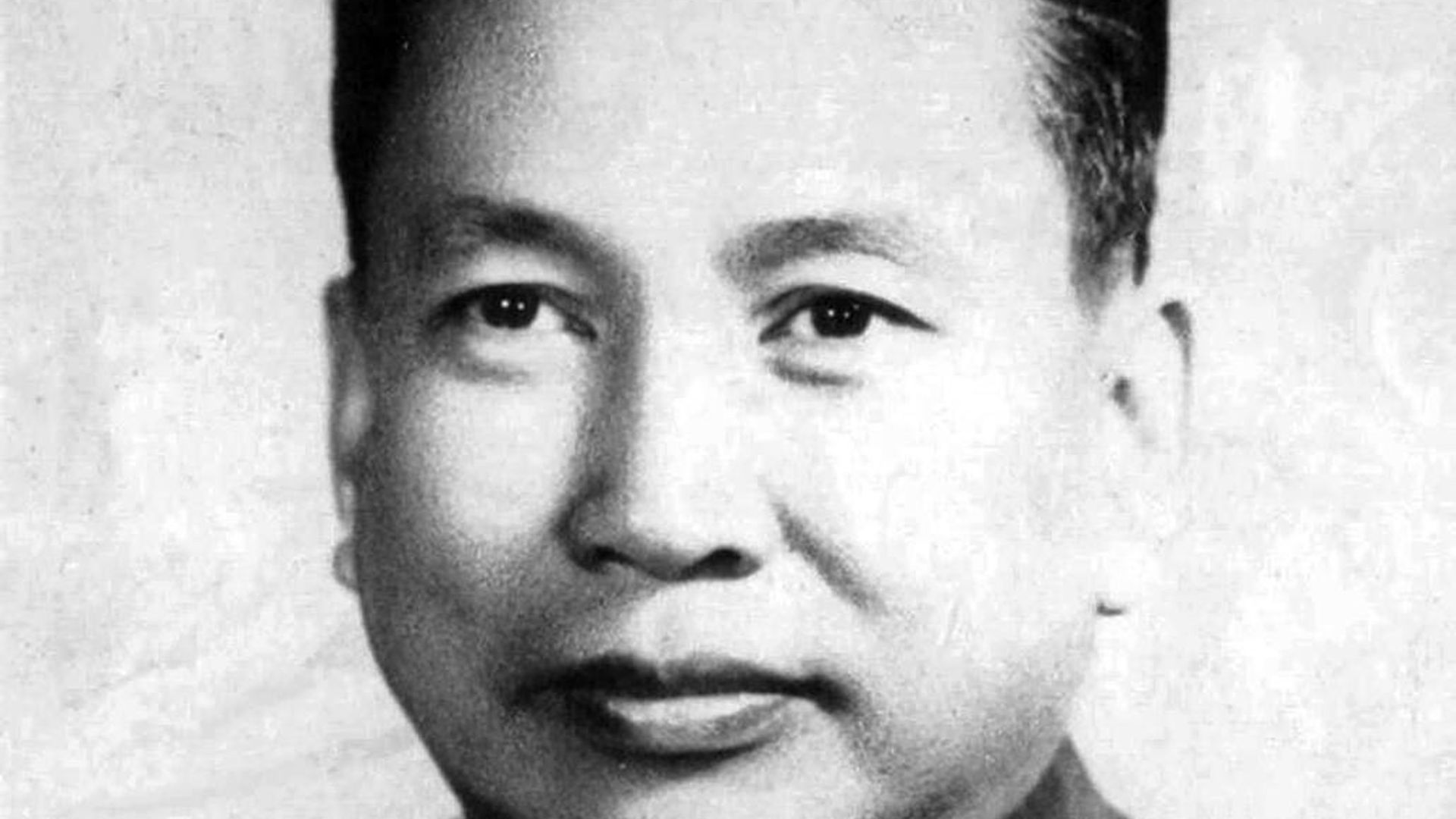 Unknown authorUnknown author, Wikimedia Commons
Unknown authorUnknown author, Wikimedia Commons
Kim Jong-il
During the 1990s, his mismanagement and isolationist policies sparked a famine that killed millions of North Koreans. Meanwhile, state propaganda praised his “divine” leadership. You watched Team America poke fun at him, but behind the caricature was a dictator who dined on luxury while his people gnawed on bark.
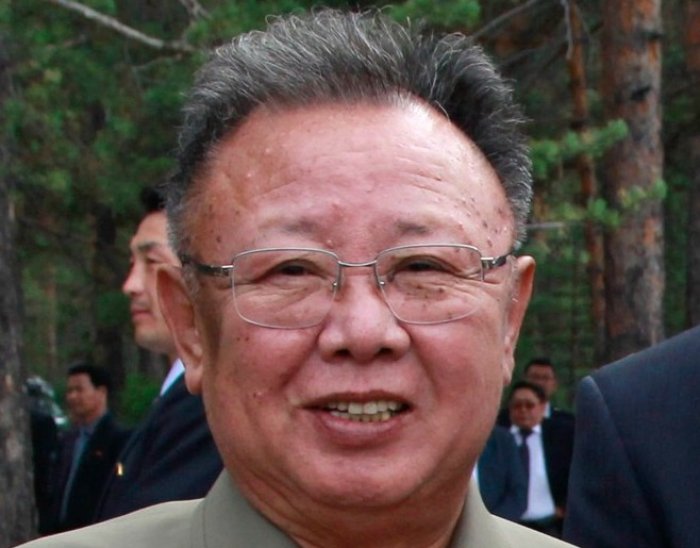 kremlin.ru, CC BY 3.0, Wikimedia Commons
kremlin.ru, CC BY 3.0, Wikimedia Commons
Eustache Dauger De Cavoye
Eustache Dauger got entangled in royal scandals and possibly illicit finance. The man knew too much. You’ve heard romanticized versions in The Man in the Iron Mask, but behind the legend lies espionage, betrayal, and maybe even blackmail. His silence was likely bought with a lifetime in chains.
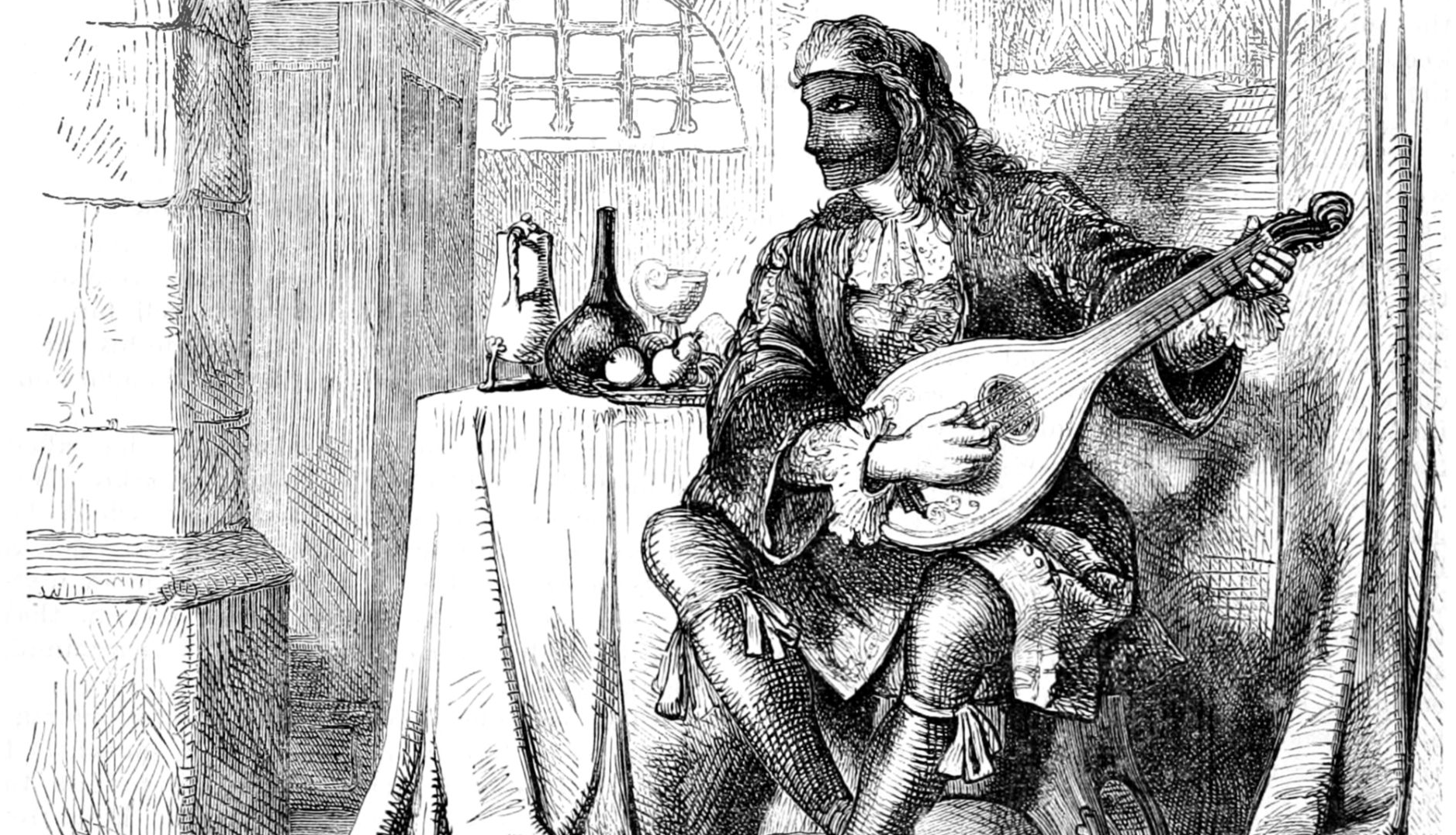 Charles Green / Joseph Swain and workshop, Wikimedia Commons
Charles Green / Joseph Swain and workshop, Wikimedia Commons
King John Of England
You’ve heard of Robin Hood’s villain; here he is. King John wasn’t just a cartoon foil; he bled England dry with taxes, lost wars in France, and even starved political prisoners to their passing. His cruelty pushed barons to revolt, forcing the creation of the Magna Carta in 1215.
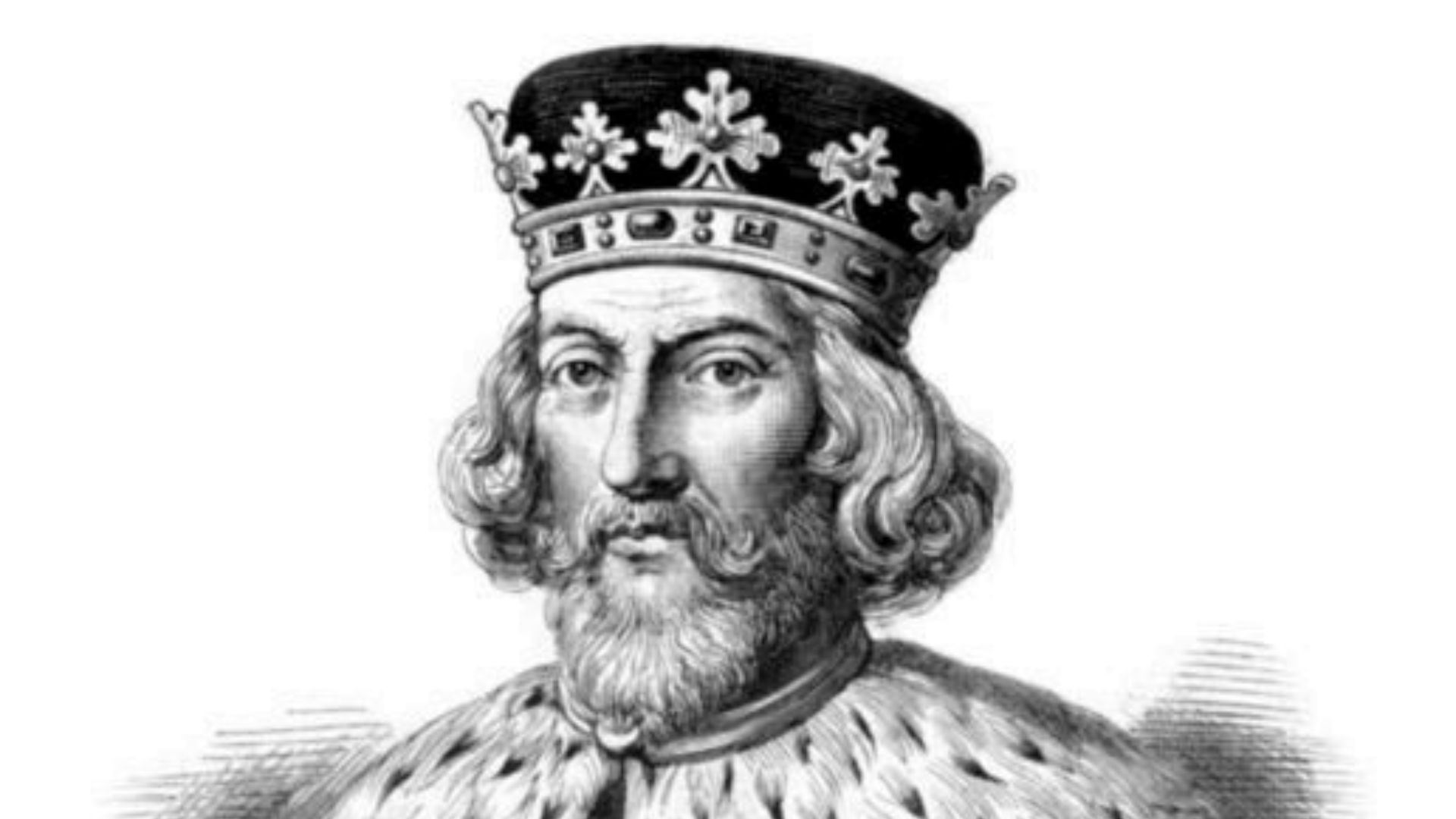 Willud Edier, Wikimedia Commons
Willud Edier, Wikimedia Commons
Andrew Carnegie
Libraries, universities, symphonies—Carnegie gave generously. But let’s talk about how he made that money. The steel magnate crushed unions and exploited workers, most notoriously during the 1892 Homestead Strike. His plant manager, Henry Clay Frick, opened fire on striking workers. Carnegie? Vacationing in Scotland, hands clean.
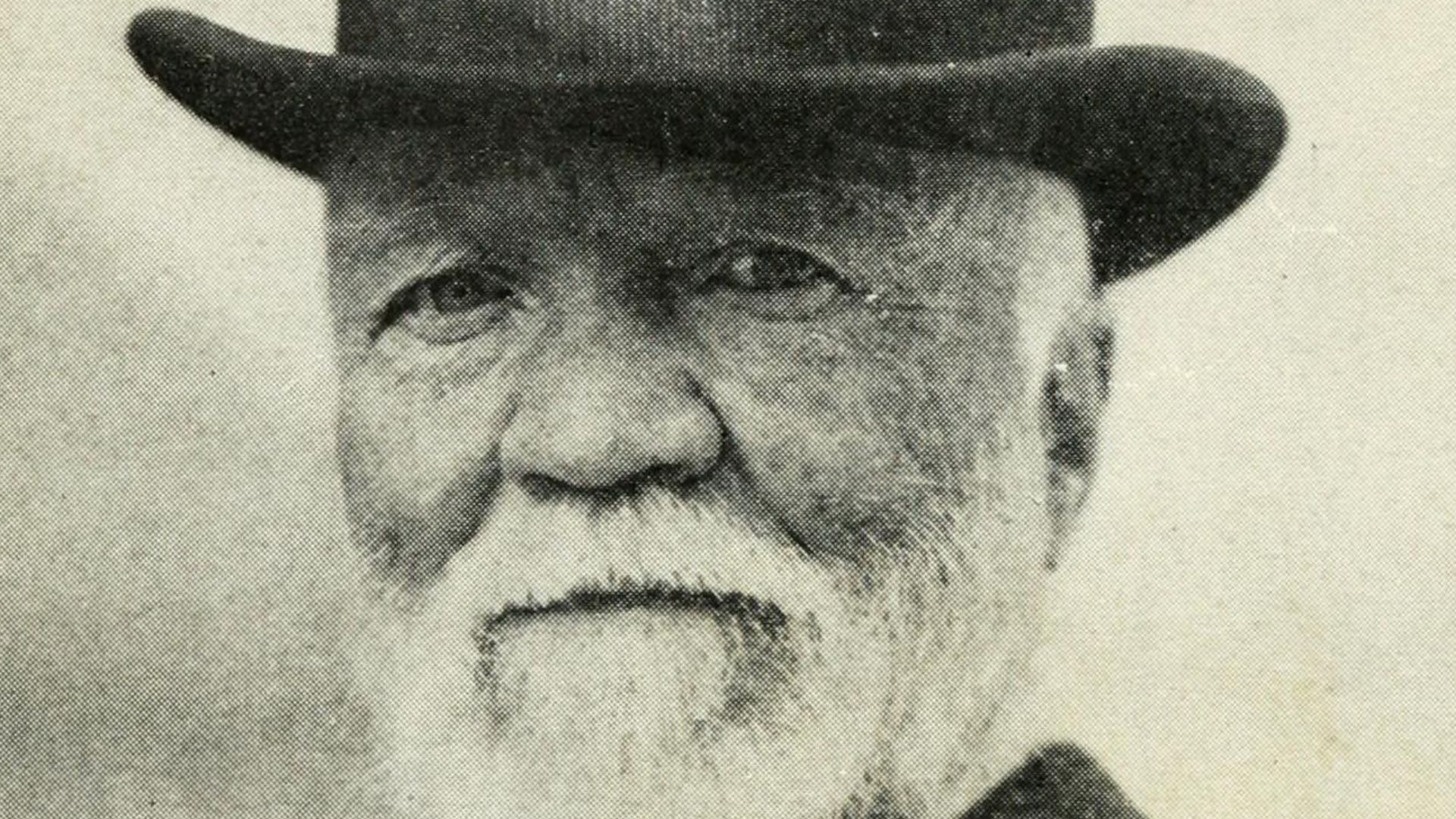 Internet Archive Book Images, Wikimedia Commons
Internet Archive Book Images, Wikimedia Commons
Henry Ford
Sure, Ford revolutionized the auto industry, but he also published The International Jew, a wildly antisemitic series that even inspired Nazi rhetoric. Hitler even kept his portrait in his office. This wasn’t a fleeting opinion because it was published and distributed by Ford’s newspaper, The Dearborn Independent.
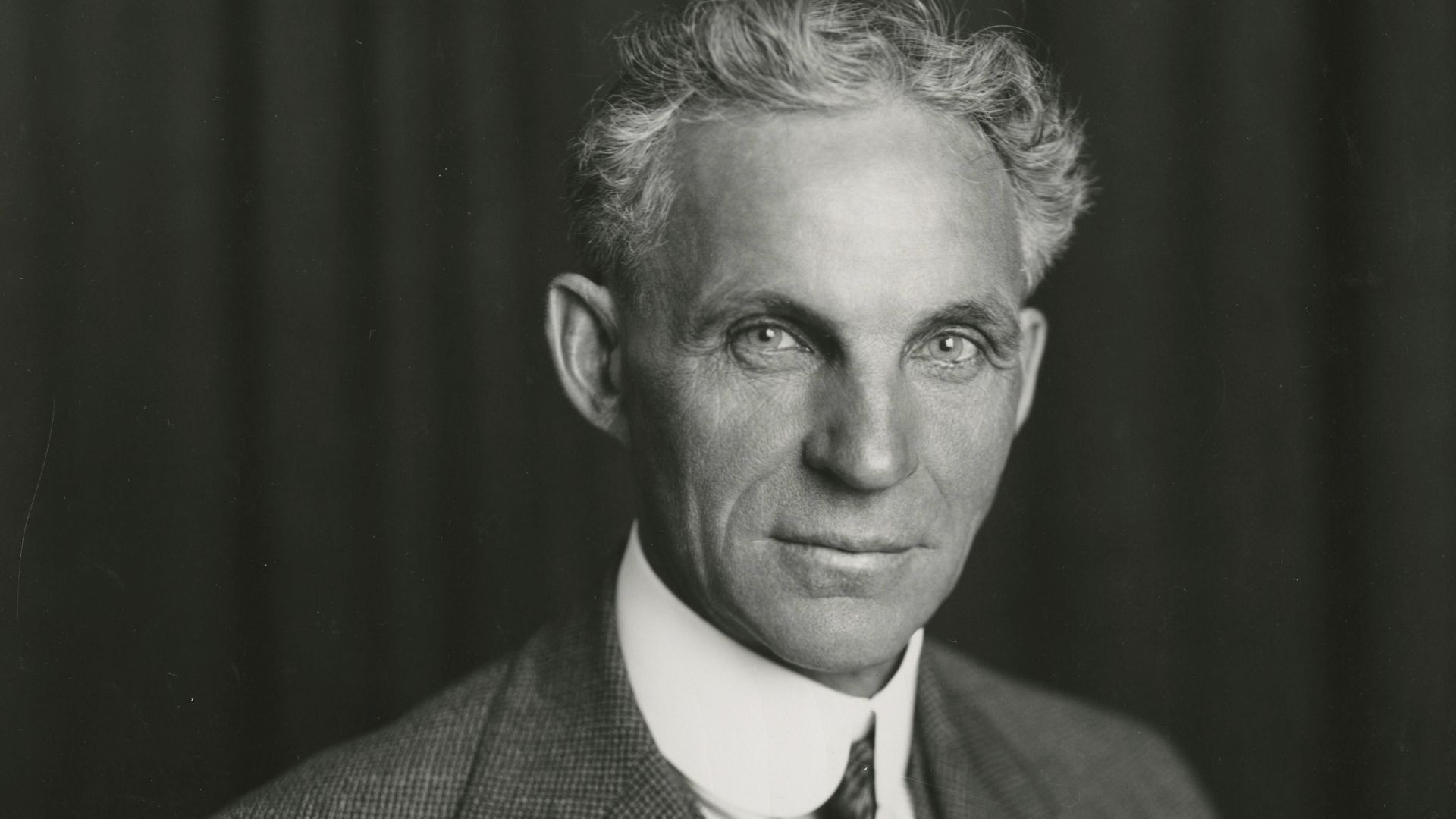 Ford Motor Company. Photographic Department, Wikimedia Commons
Ford Motor Company. Photographic Department, Wikimedia Commons
Charles Lindbergh
During the 1930s, Lindbergh joined the America First Committee and praised Nazi Germany’s military strength. He even accepted a medal from Hitler’s Luftwaffe. His isolationism bordered on appeasement, and he opposed US involvement in WWII until Pearl Harbor forced his hand.
Walter Freeman
Imagine walking into a clinic for depression and leaving you mute or worse. That was the reality for thousands who took part in his “ice pick lobotomy” in the 1940s. He performed the gruesome procedure through the eye socket, without anesthesia, while snapping photos mid-operation like a mad scientist.
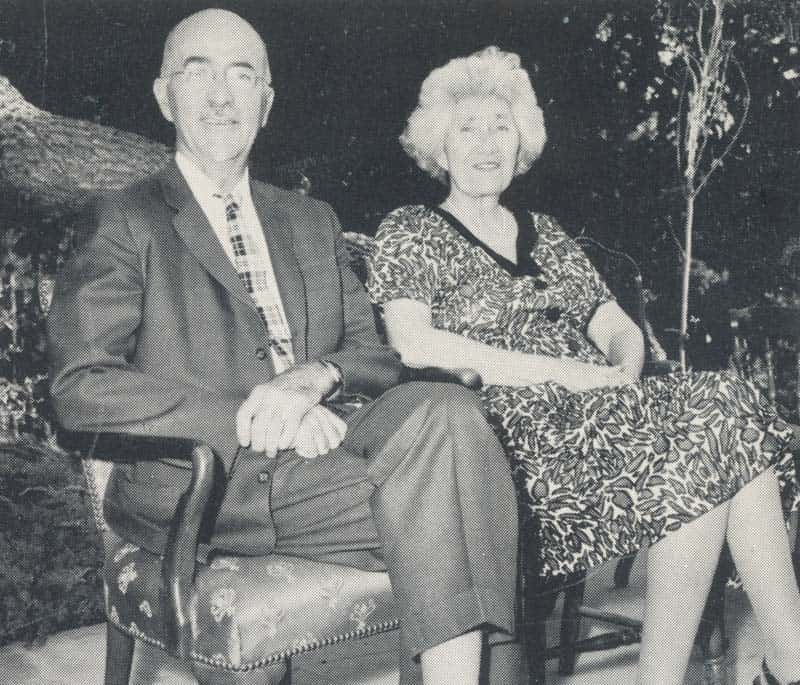 Flickr, Stanford Medical History Center
Flickr, Stanford Medical History Center
Aldous Huxley
You’d love Brave New World for its critique of dystopian control. Ironically, its author Aldous Huxley once praised eugenics: the very ideology he warned against. In his youth, he supported selective breeding to “improve” society, echoing his family’s scientific leanings. He distanced himself from it later, but it’s still sad.
Wernher Von Braun
Before helping launch NASA, Von Braun developed V-2 rockets for Hitler, using slave labor from concentration camps like Mittelbau-Dora. Thousands perished building his machines. He claimed ignorance, but survivors told another story. He later helped put a man on the Moon, but his road there was paved with horror.
Oskar Schindler
Schindler’s List immortalized him as a savior, but before saving lives, he exploited them. Early in WWII, Oskar Schindler seized Jewish-owned businesses and profited from forced labor. Yes, he risked everything to protect over 1,000 Jews, but his motives remain debated. Was it redemption, guilt, or calculated compassion?
Theodore Roosevelt
He busted trusts and championed conservation. That’s what we know. Behind the scenes, Roosevelt also held deeply bigoted views and glorified combat. His role in the Spanish-American War made him a hero, yet he called Filipinos “savages” and backed brutal US colonial campaigns in the Philippines that killed thousands.
 Pach Brothers, Wikimedia Commons
Pach Brothers, Wikimedia Commons
Carl Linnaeus
The “father of modern taxonomy” gave science its naming system, but he also used it to rank humans. Linnaeus divided humanity into racial categories based on color, geography, and stereotypes, fueling centuries of scientific racism. His system cloaked bias in Latin and passed it off as biological truth.
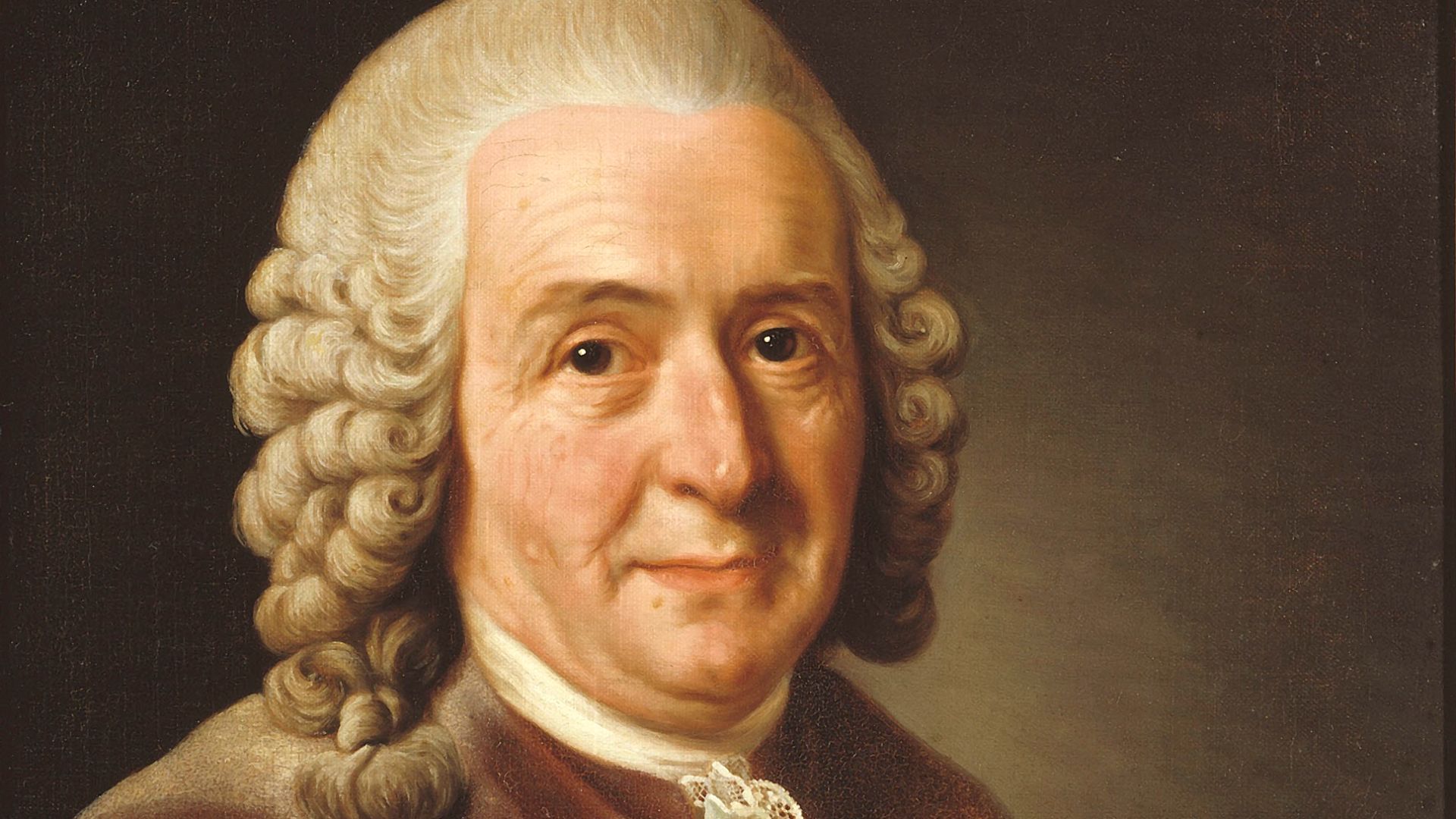 Alexander Roslin, Wikimedia Commons
Alexander Roslin, Wikimedia Commons
Cecil Rhodes
The truth behind Rhodes’s empire-building and philanthropic facade is that his legacy is entangled with colonial exploitation. As Prime Minister of the Cape Colony, his policies marginalized Black populations, and his business empire, De Beers, profited from land dispossession and racial labor exploitation.
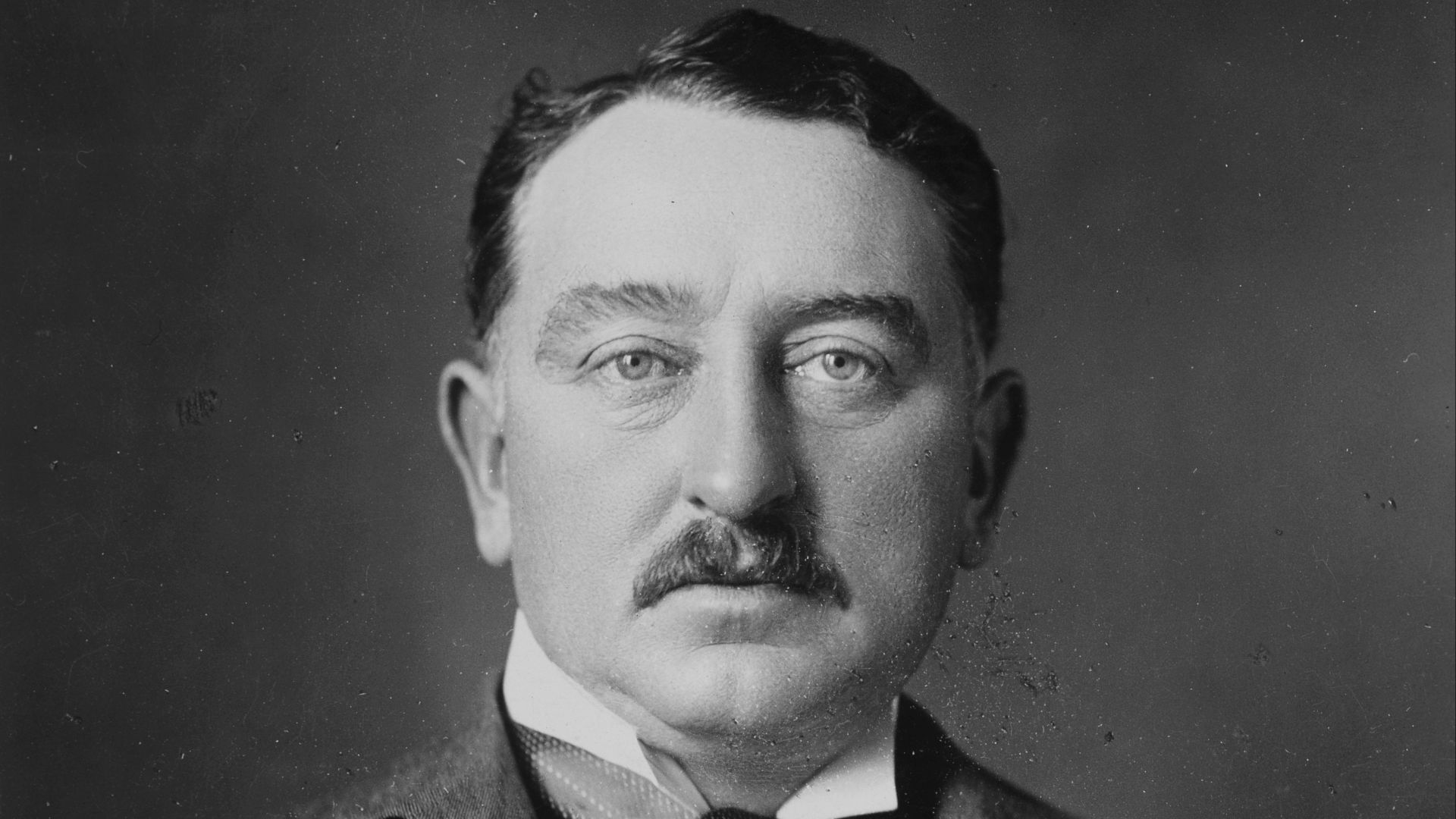 Alexander Bassano, Wikimedia Commons
Alexander Bassano, Wikimedia Commons
Carl Jung
Carl Jung revolutionized psychology with his theories on archetypes and the collective unconscious, yet associations with Nazi ideology later clouded his reputation. In the 1930s, Jung made remarks that reflected racial biases. Though he later distanced himself from such ideologies, his early statements remain a subject of critical examination.
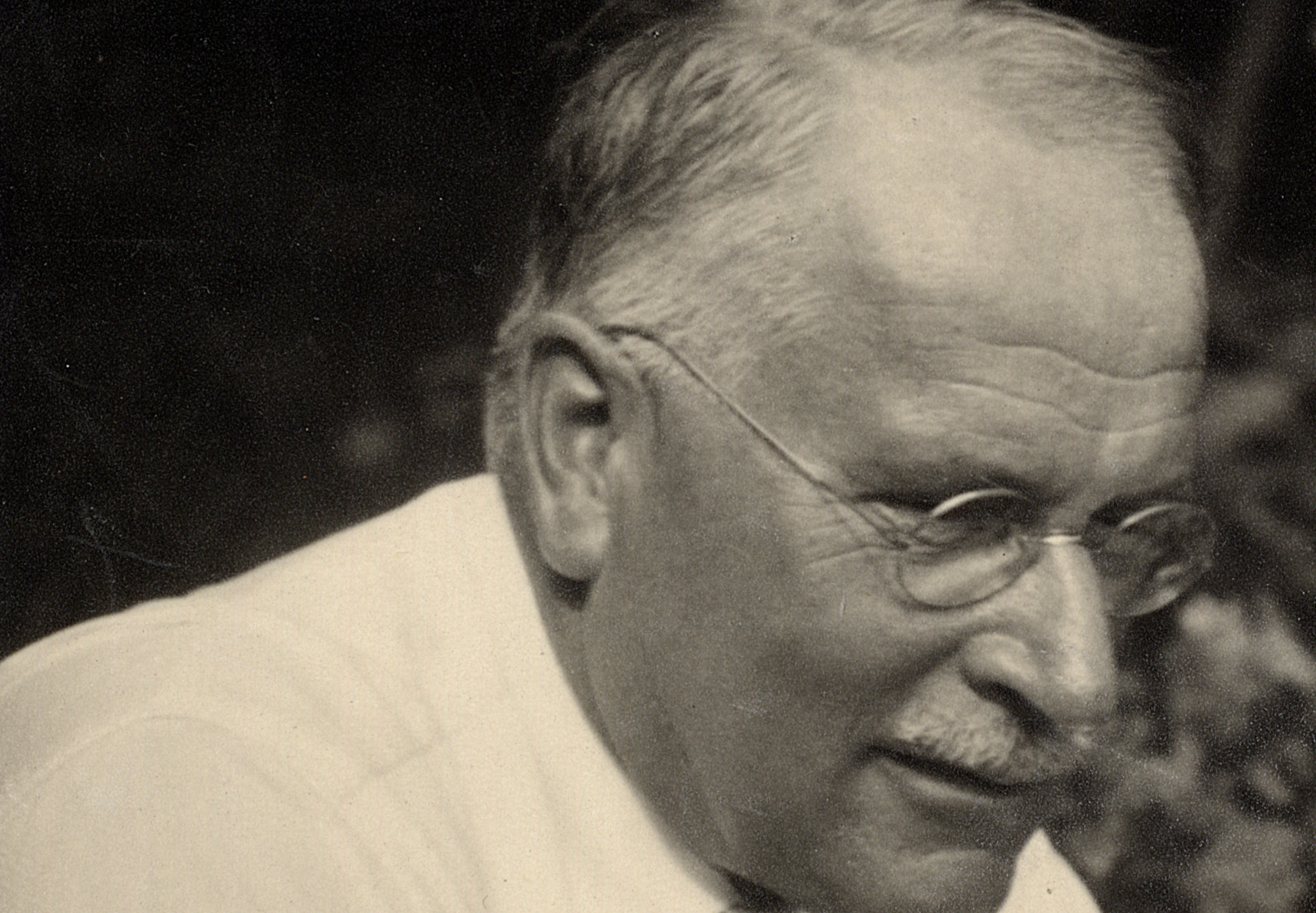 ETH Library, Wikimedia Commons
ETH Library, Wikimedia Commons
Thomas Edison
History celebrated Edison as a great inventor. However, his legacy also carries a more controversial side of him aggressively defending his patents, often at the expense of other innovators. In one instance, his rivalry with Nikola Tesla led to tactics that sought to discredit Tesla’s alternating current.
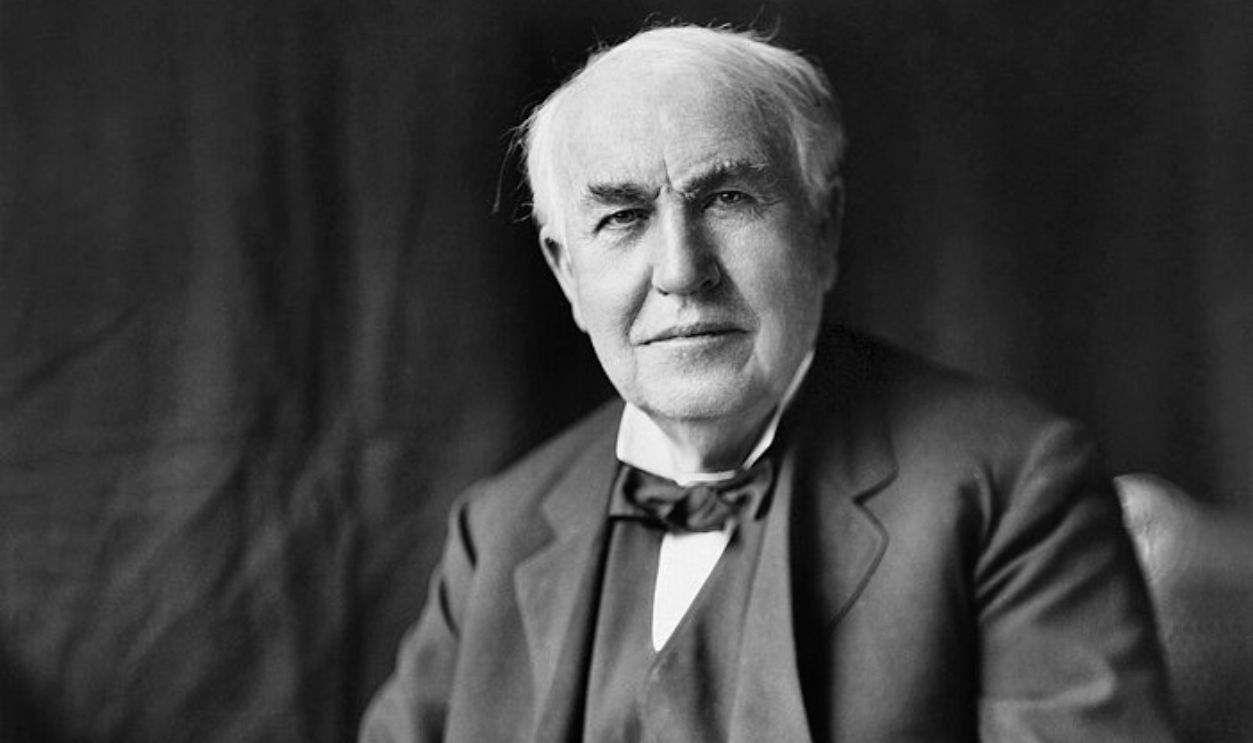 Louis Bachrach, Bachrach Studios, Michel Vuijlsteke, Wikimedia Commons
Louis Bachrach, Bachrach Studios, Michel Vuijlsteke, Wikimedia Commons
Enrico Fermi
Enrico Fermi’s contributions to nuclear physics were groundbreaking—he led the creation of the first nuclear reactor and played a key role in the Manhattan Project. While his work advanced science, the ethical consequences became starkly apparent after the bombings of Hiroshima and Nagasaki.
Alfred Hitchcock
Regarded as the master of suspense, Hitchcock undoubtedly shaped the cinematic universe with his visionary storytelling. Accounts from actress Tippi Hedren revealed a darker side where Hitchcock subjected her to intense psychological manipulation. While his films remain iconic, his behind-the-scenes behavior exposed the troubling power dynamics in Hollywood.
Jean-Jacques Rousseau
Rousseau championed concepts of natural rights and the "general will," shaping modern politics. Sadly, his personal life reflected contradictions—he abandoned all five of his children to orphanages despite advocating for education and moral development. His theories inspired movements for liberty, yet his personal actions cast a shadow over his ideals.
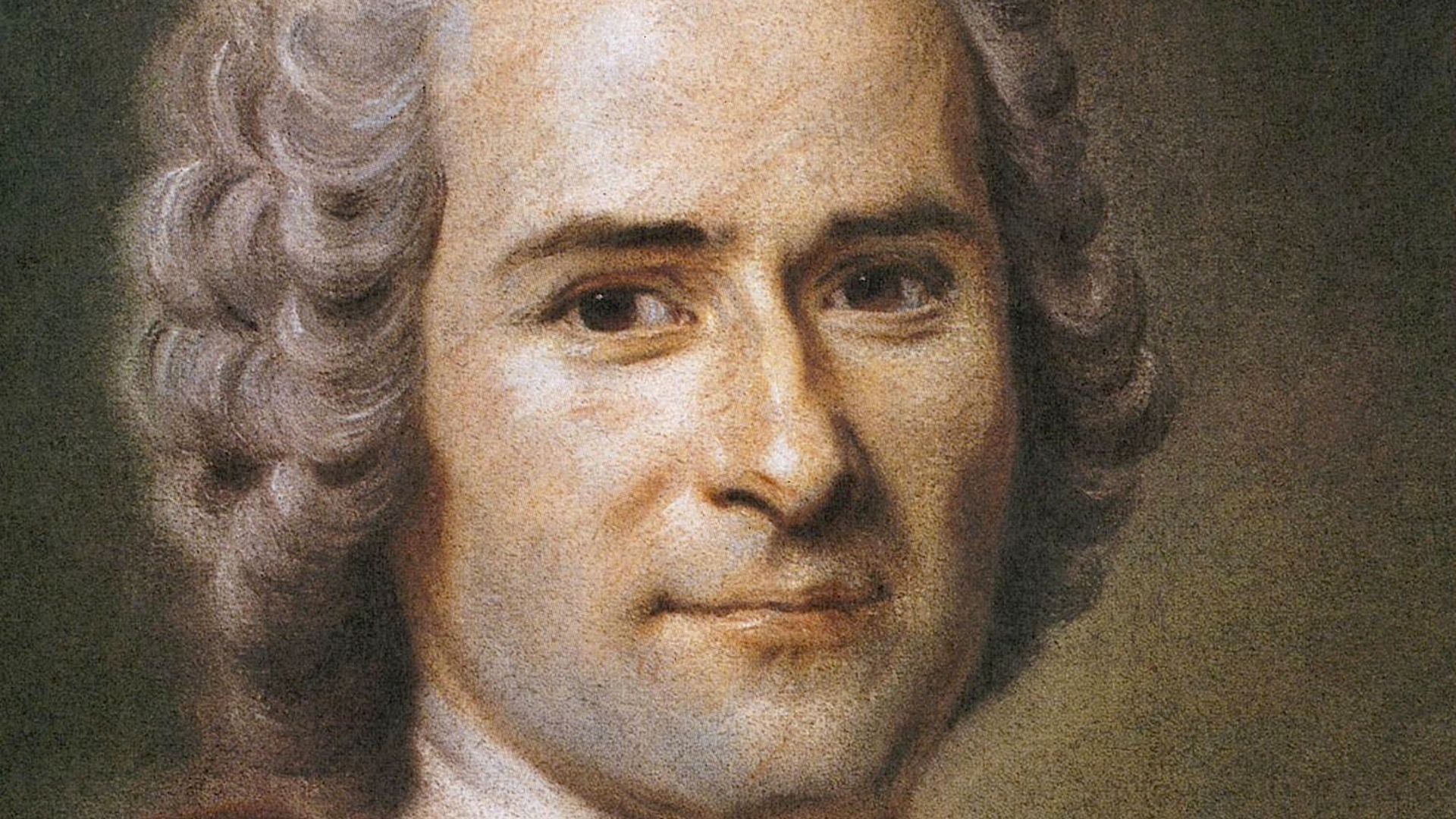 Maurice Quentin de La Tour, Wikimedia Commons
Maurice Quentin de La Tour, Wikimedia Commons

